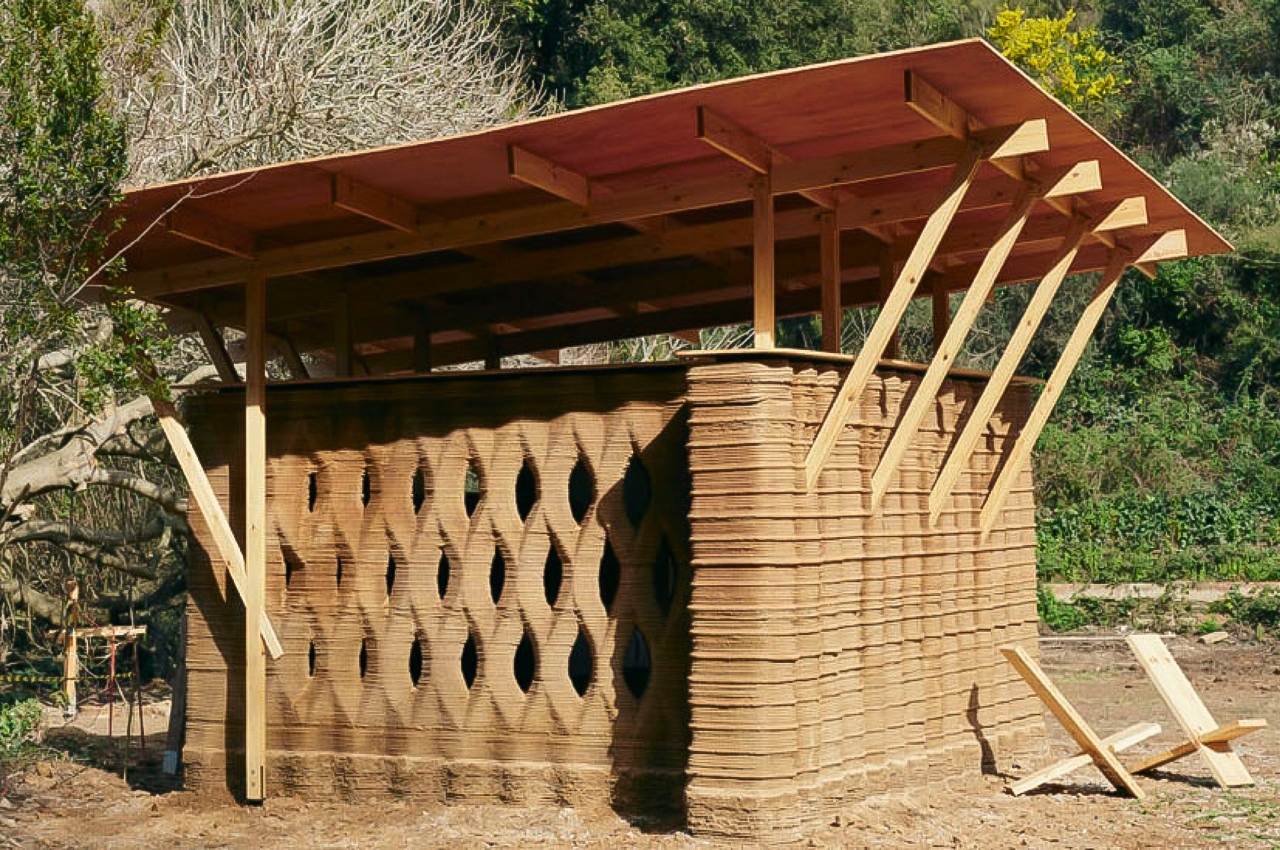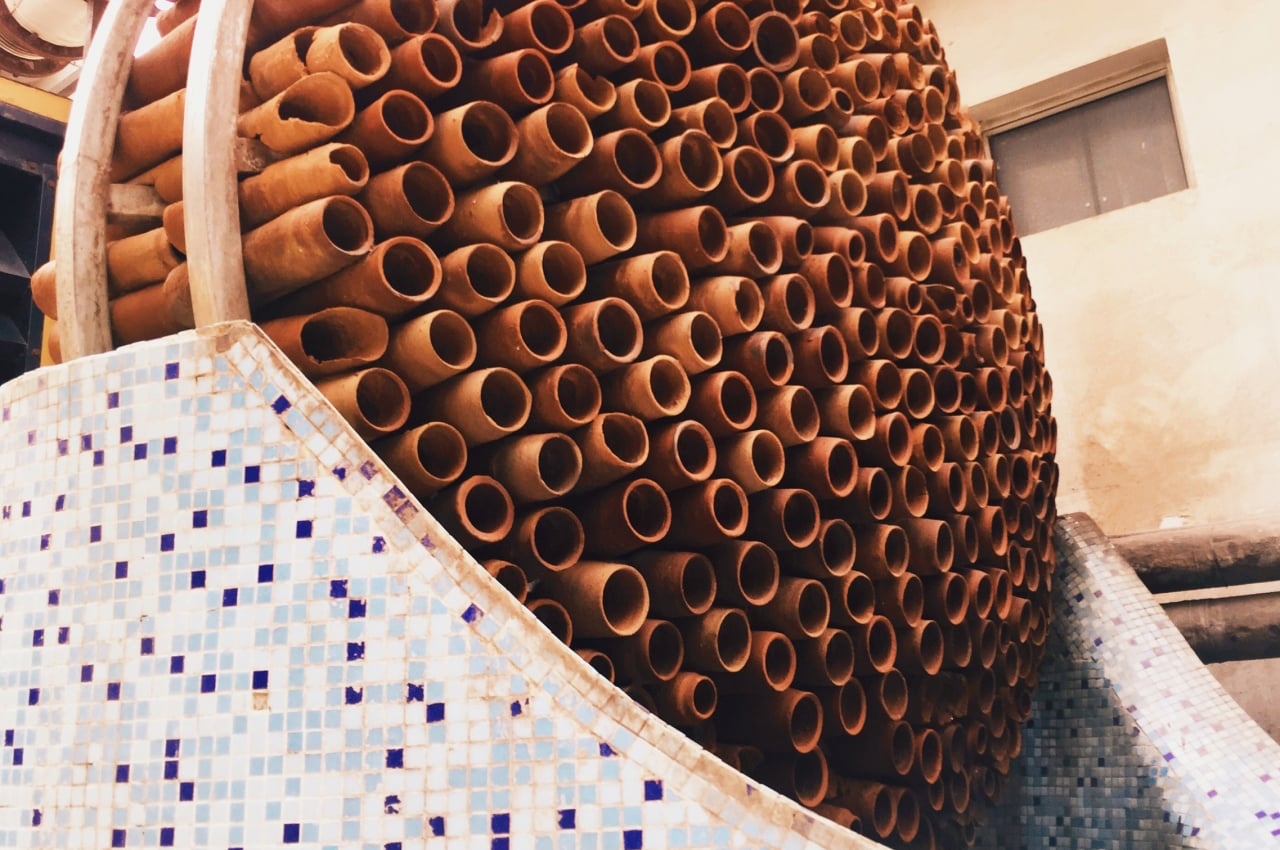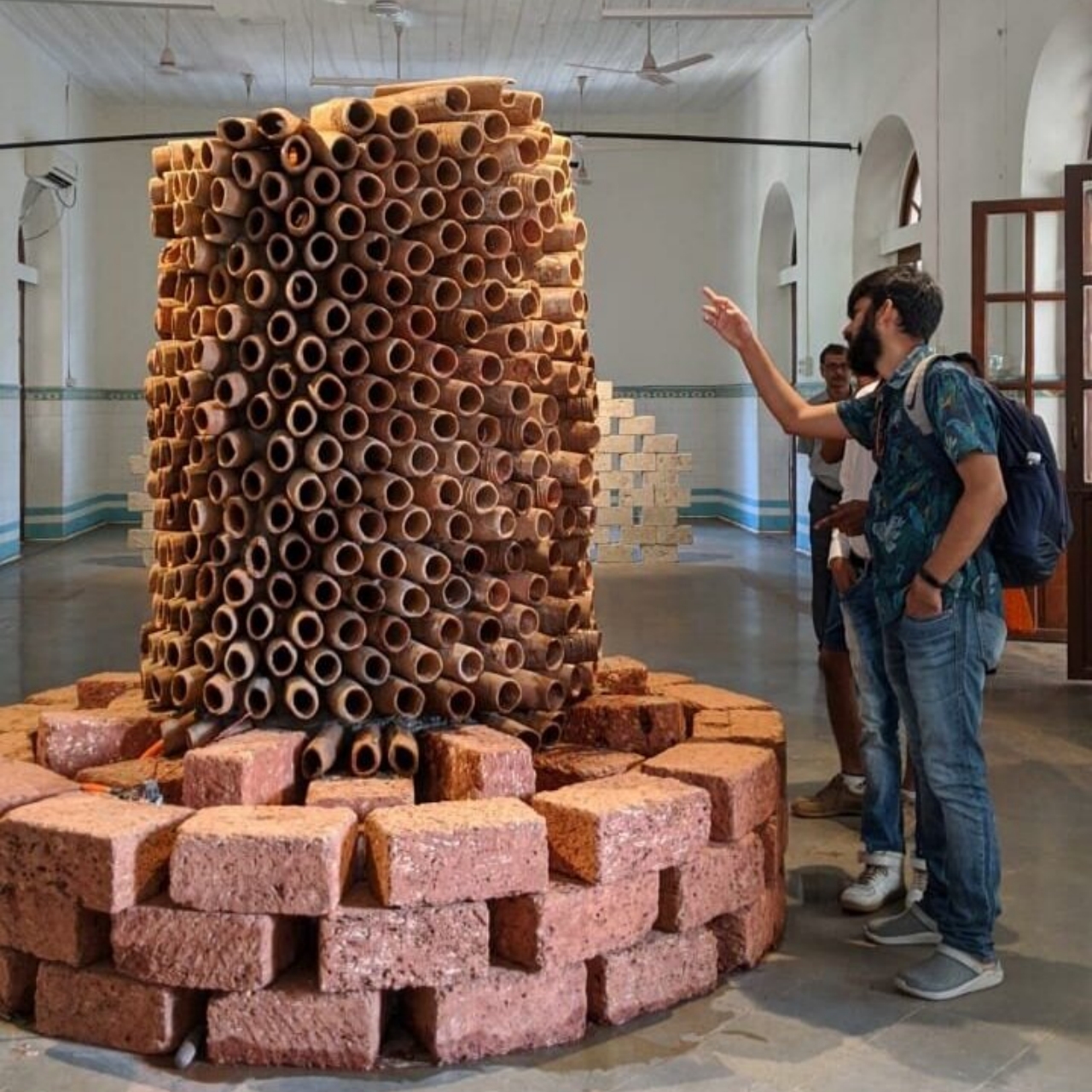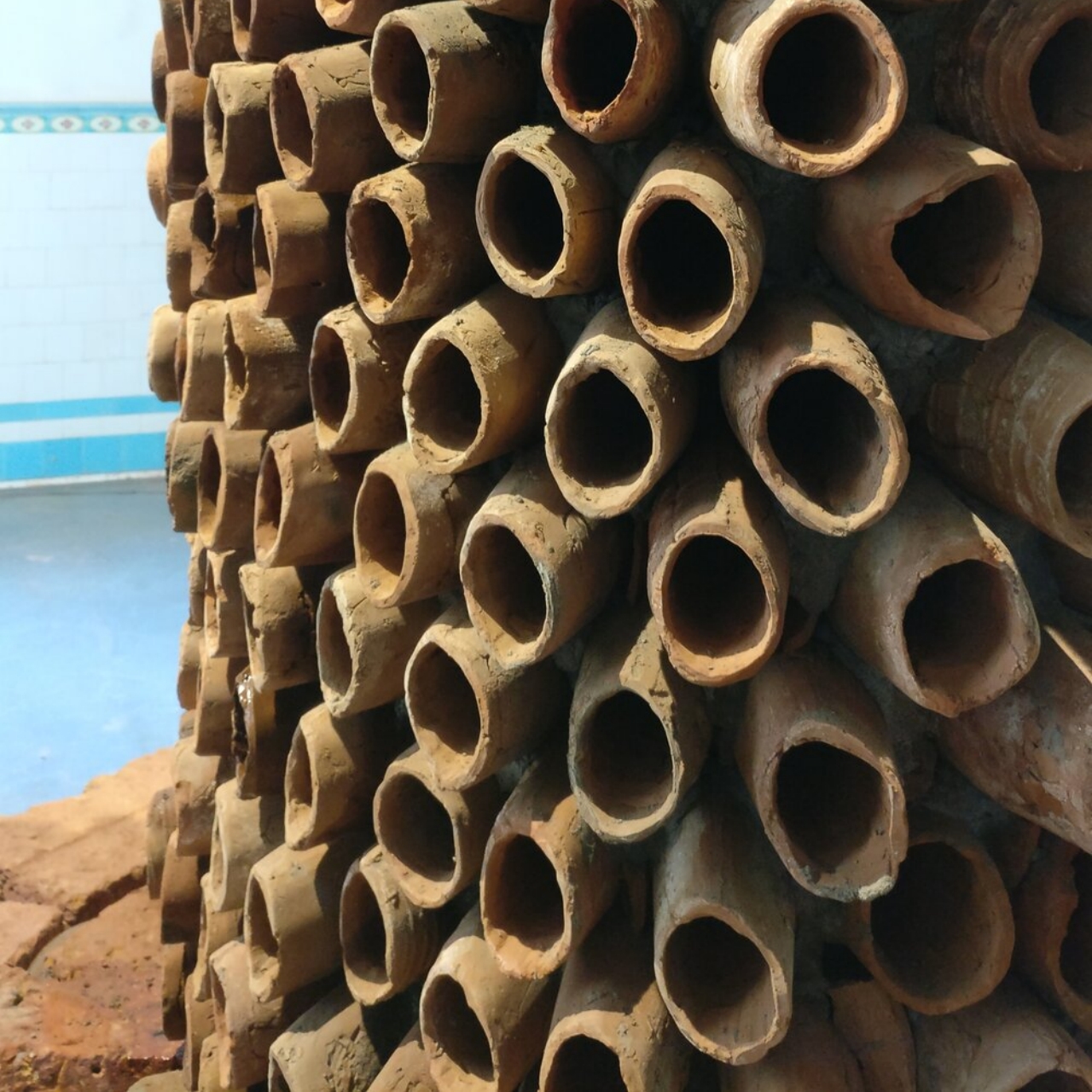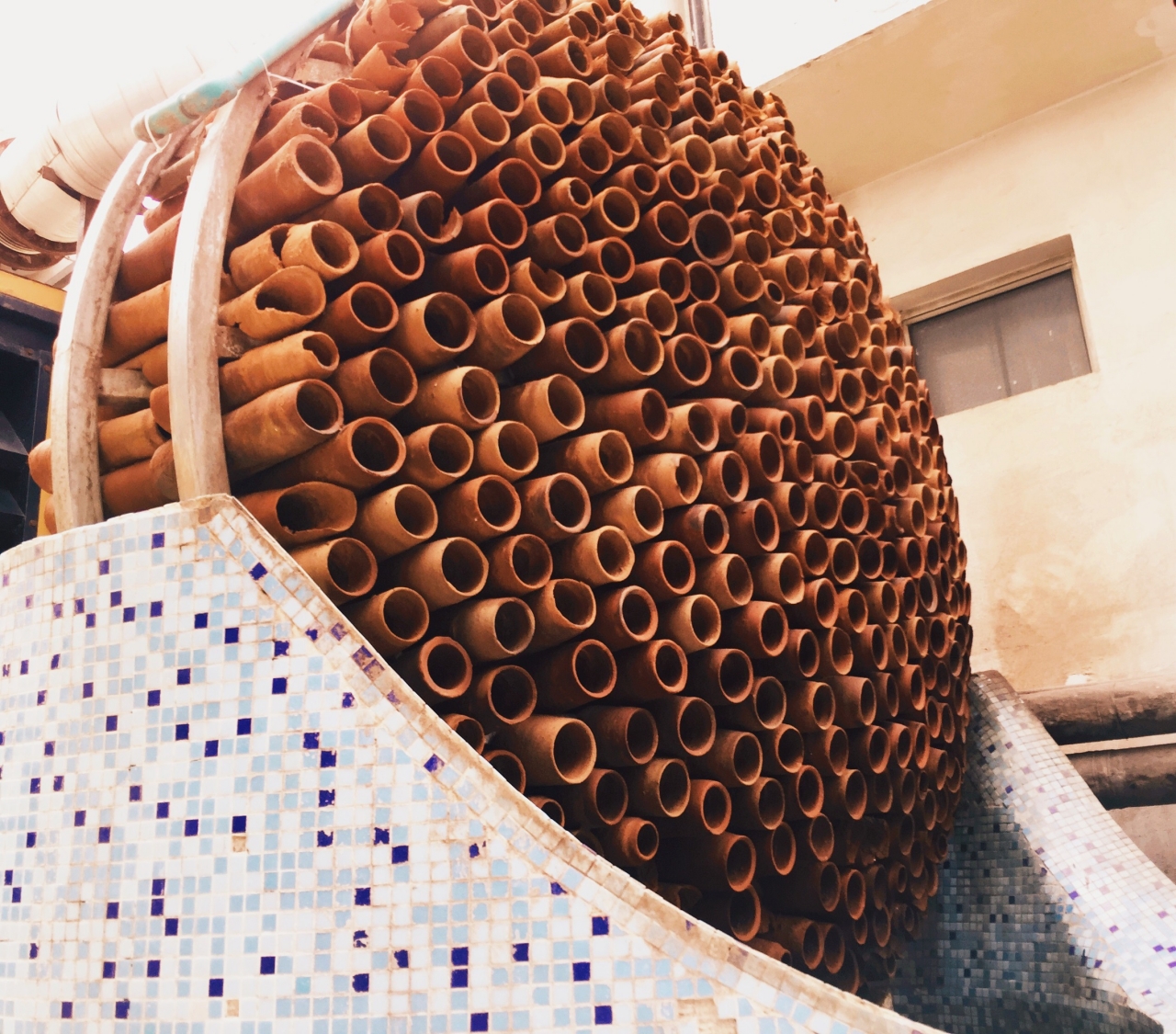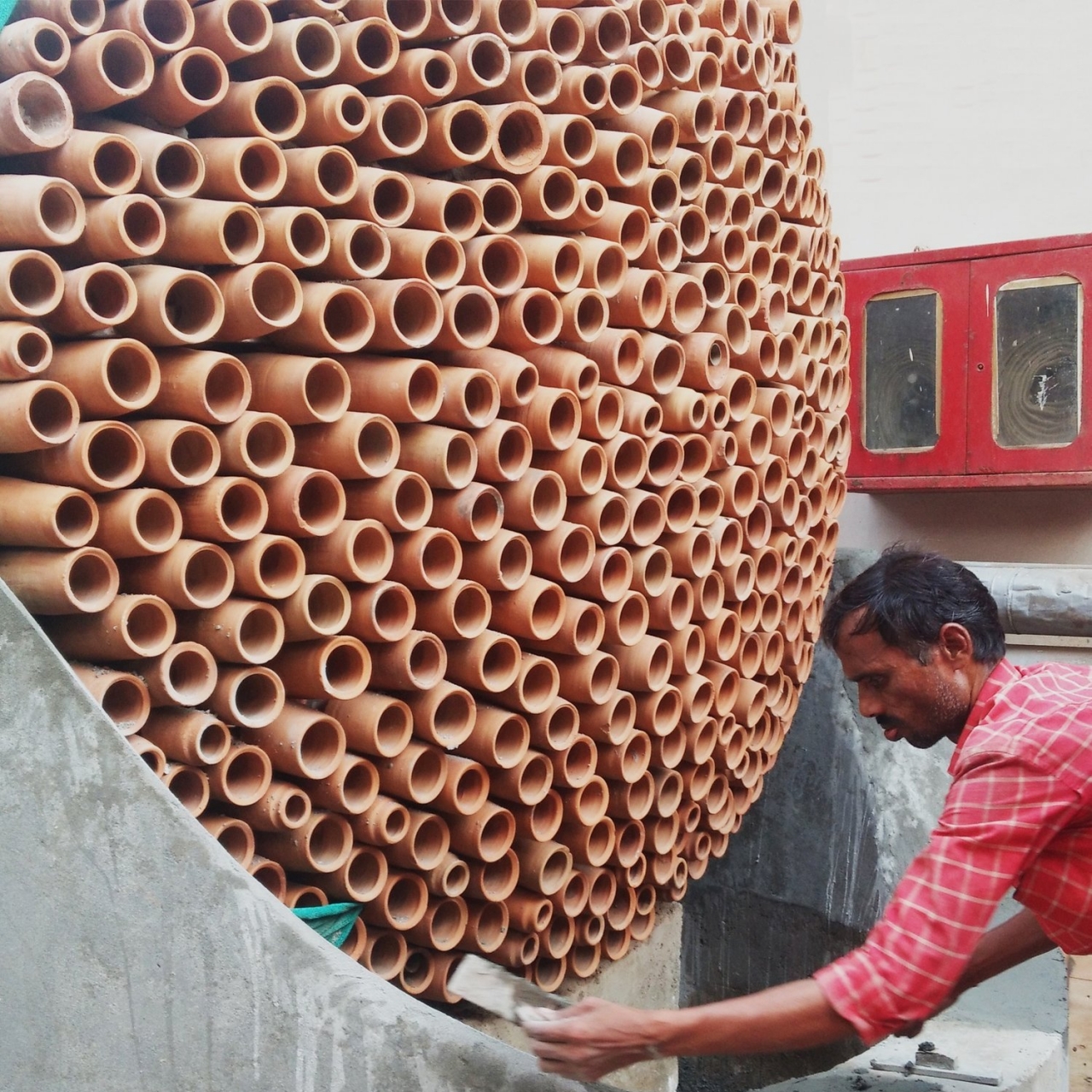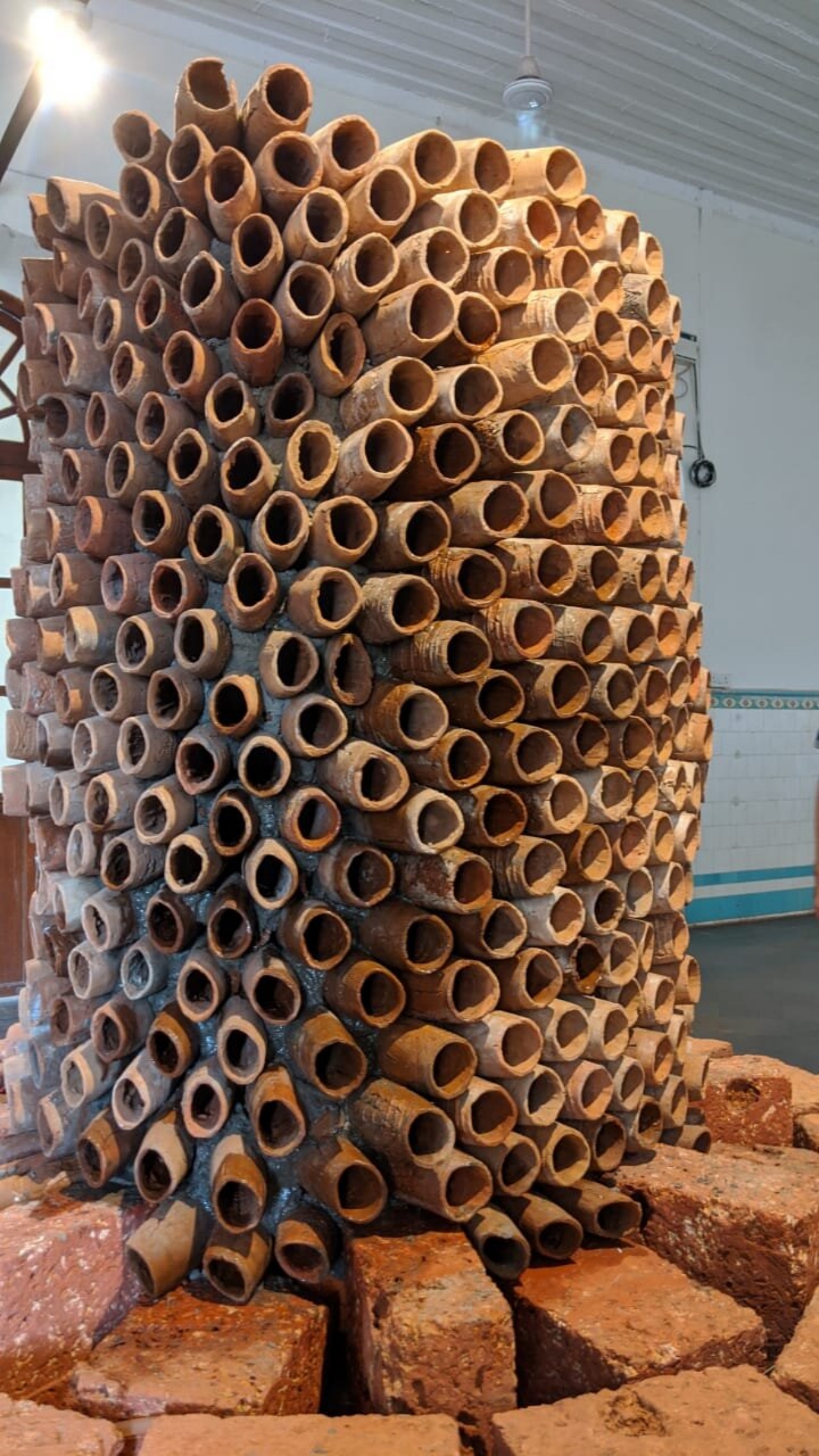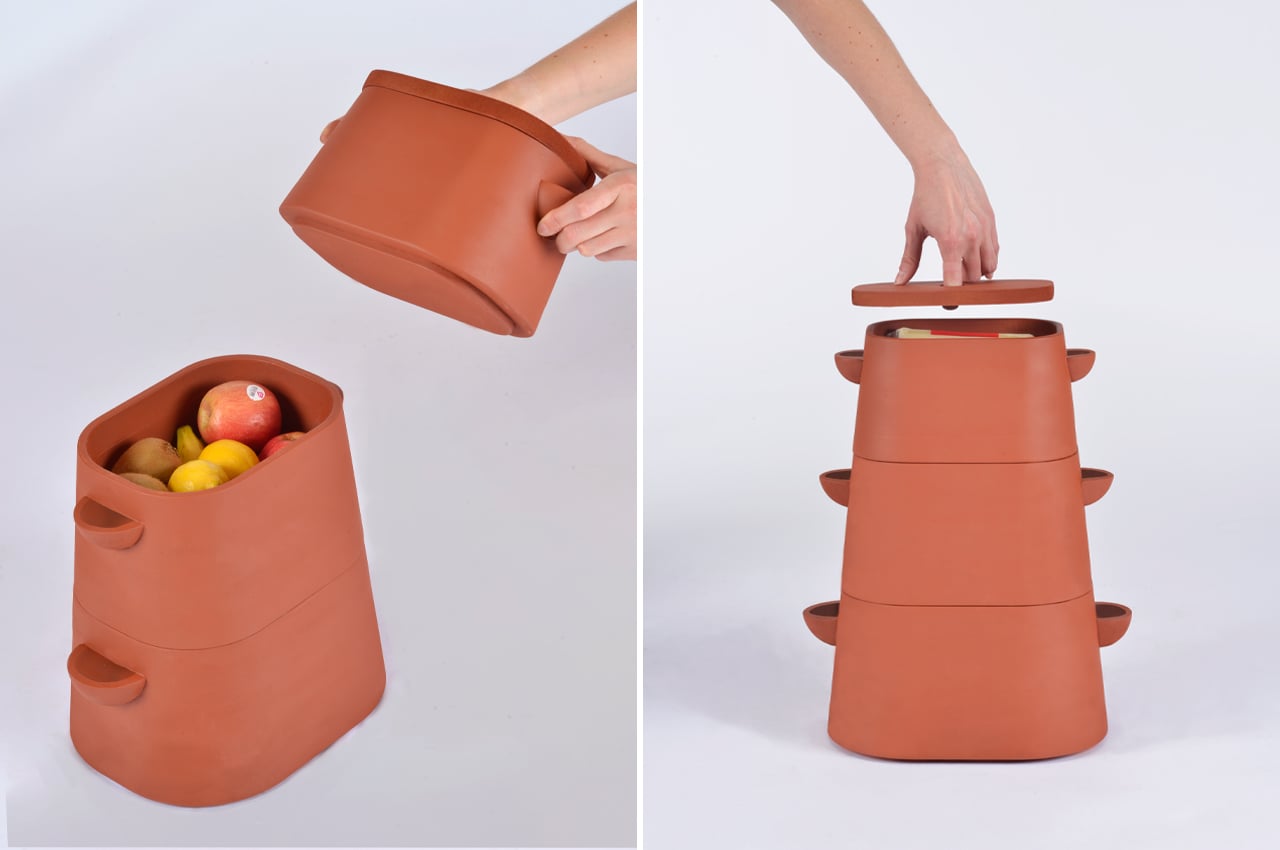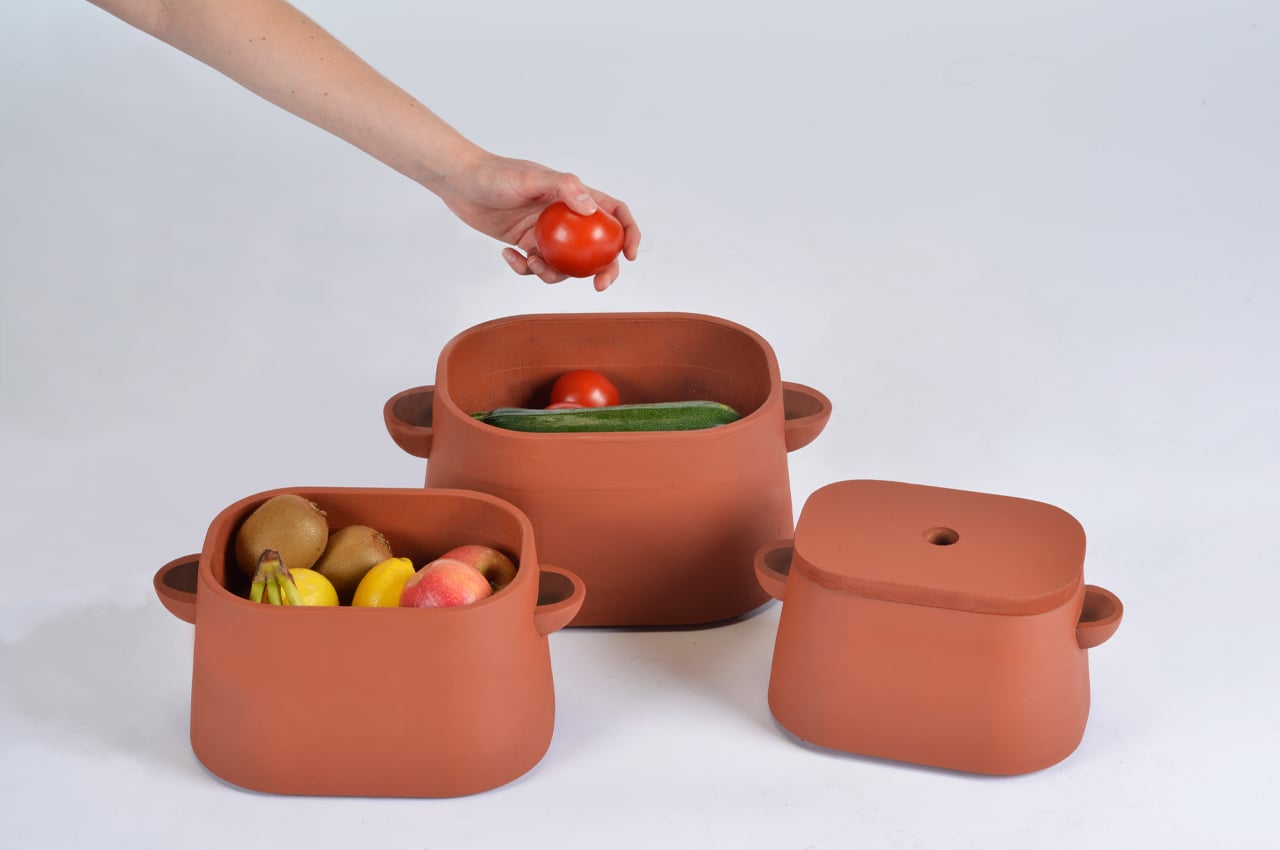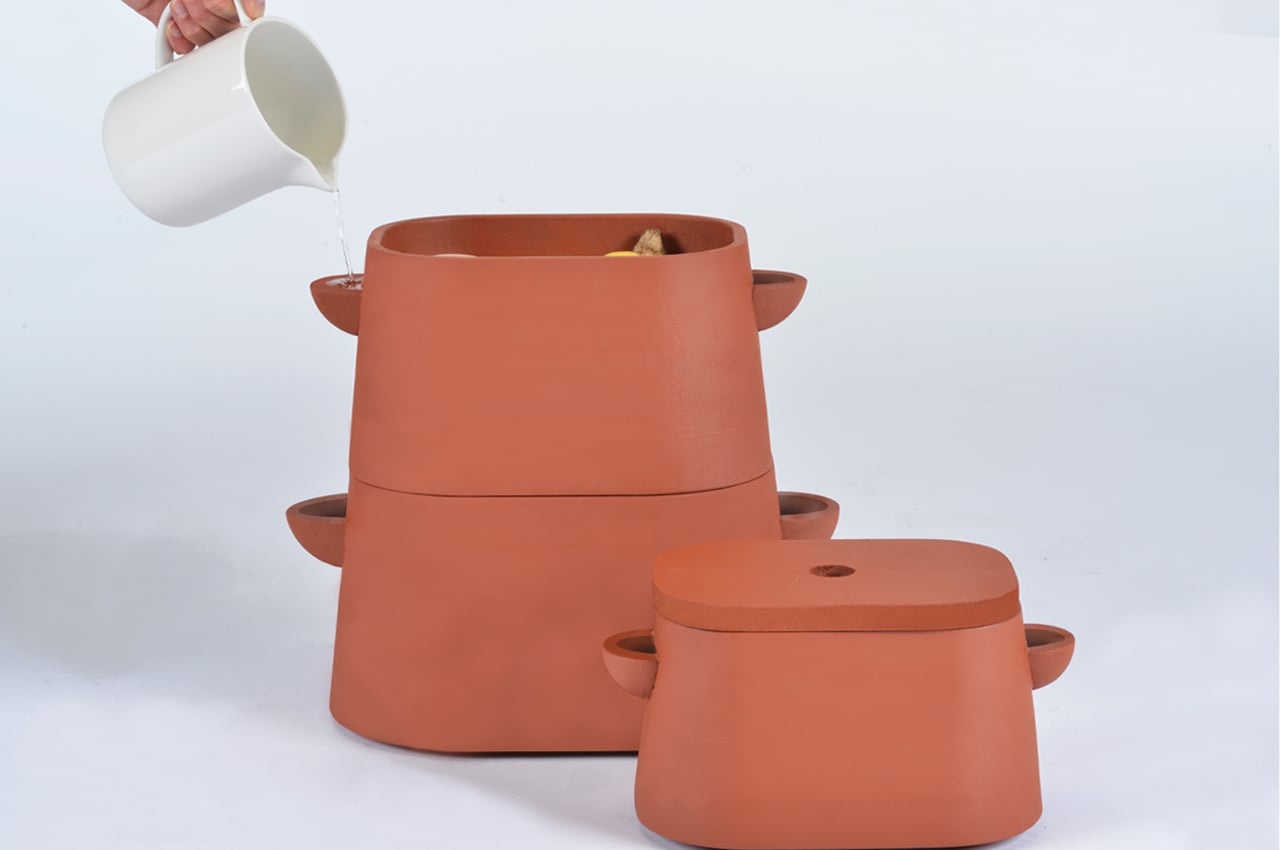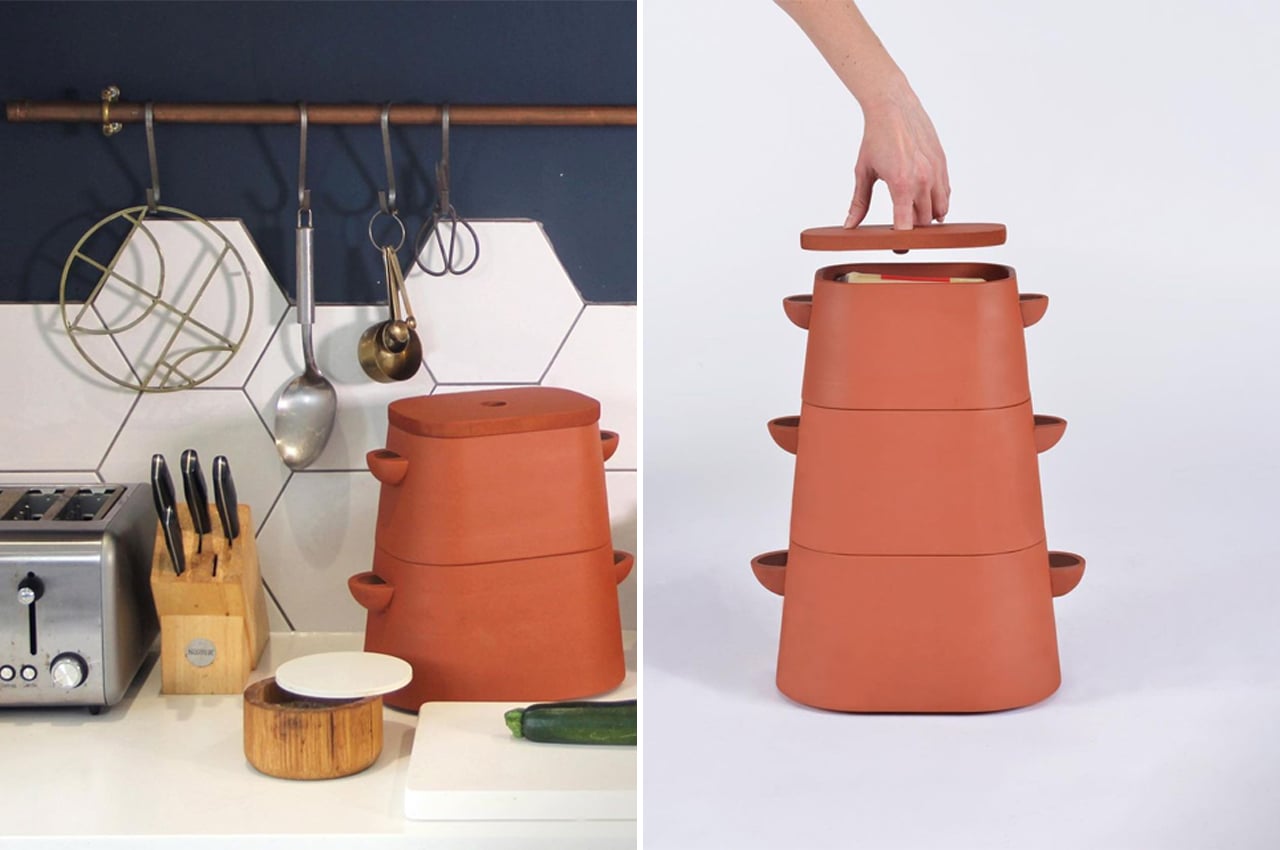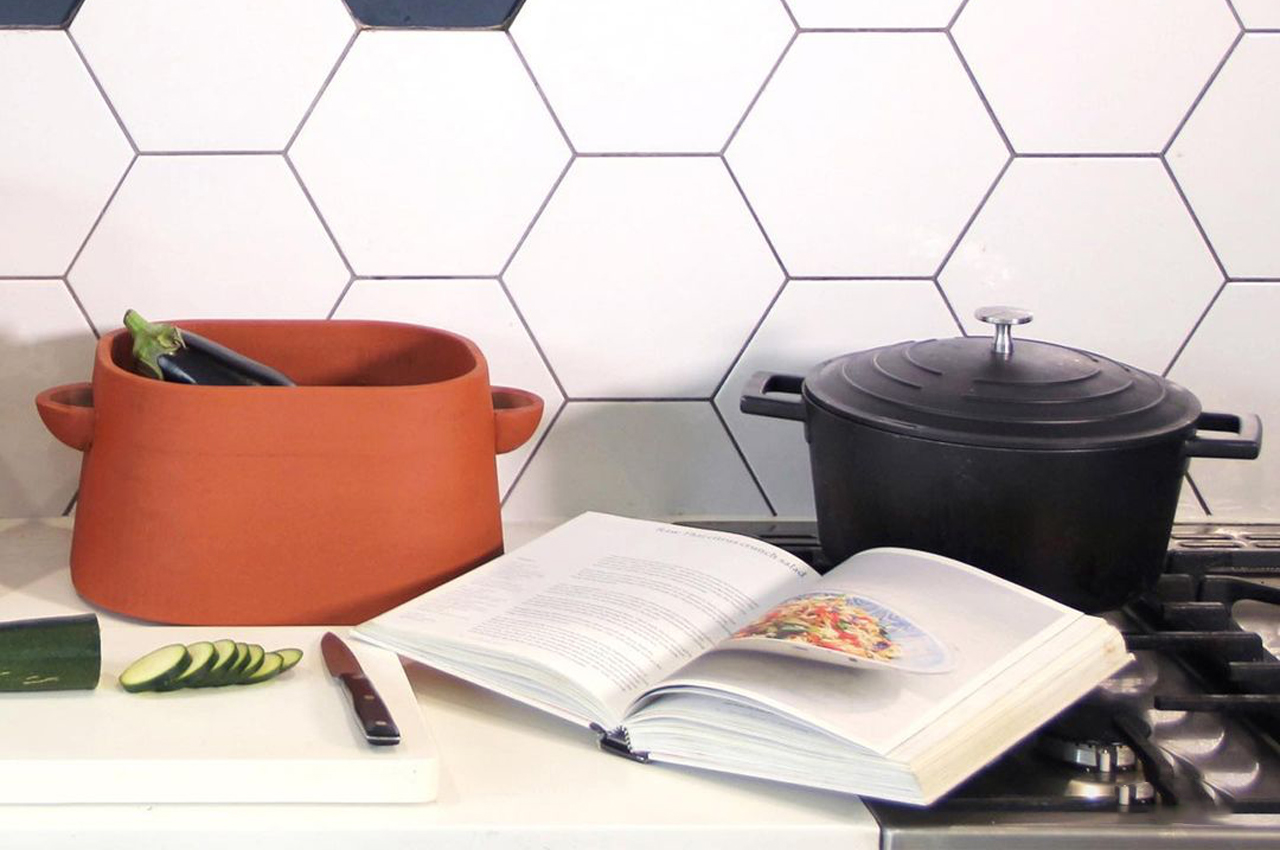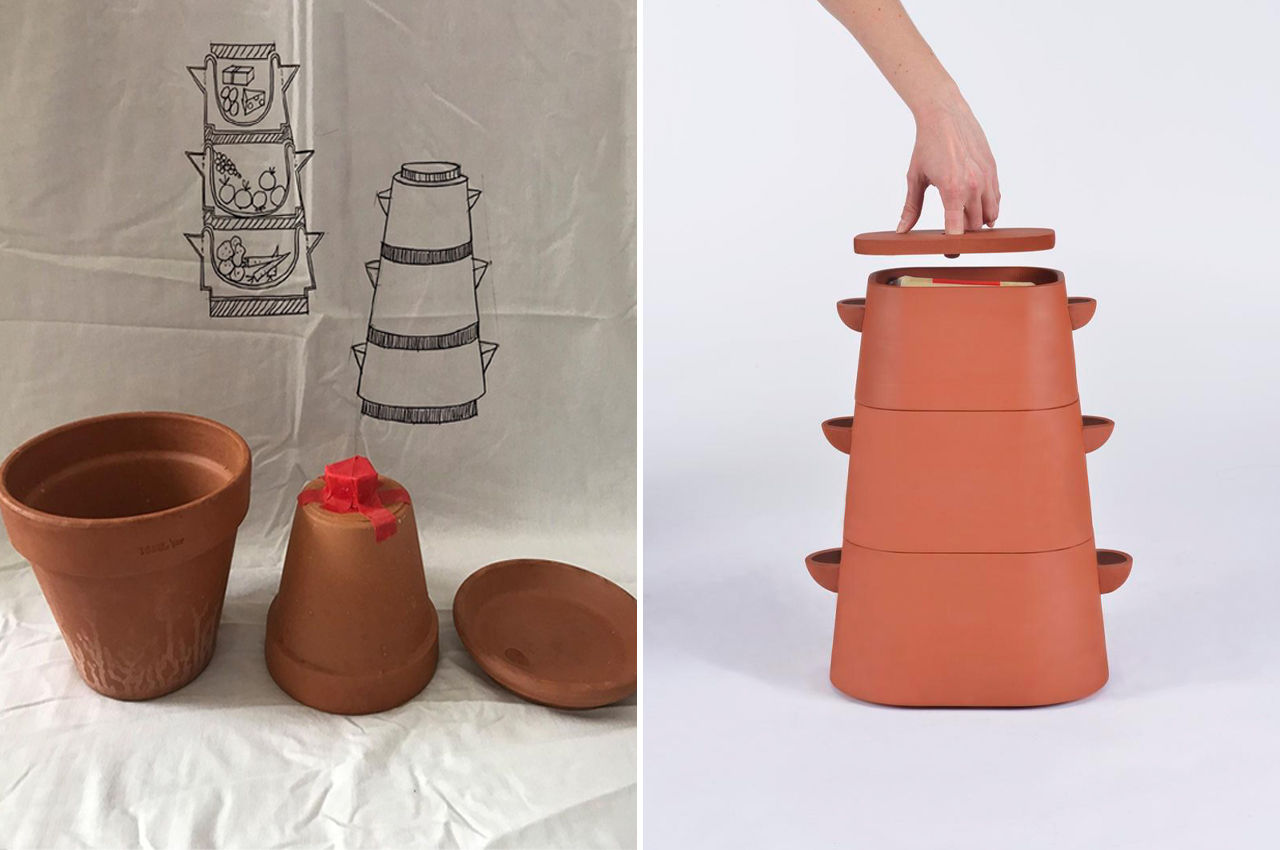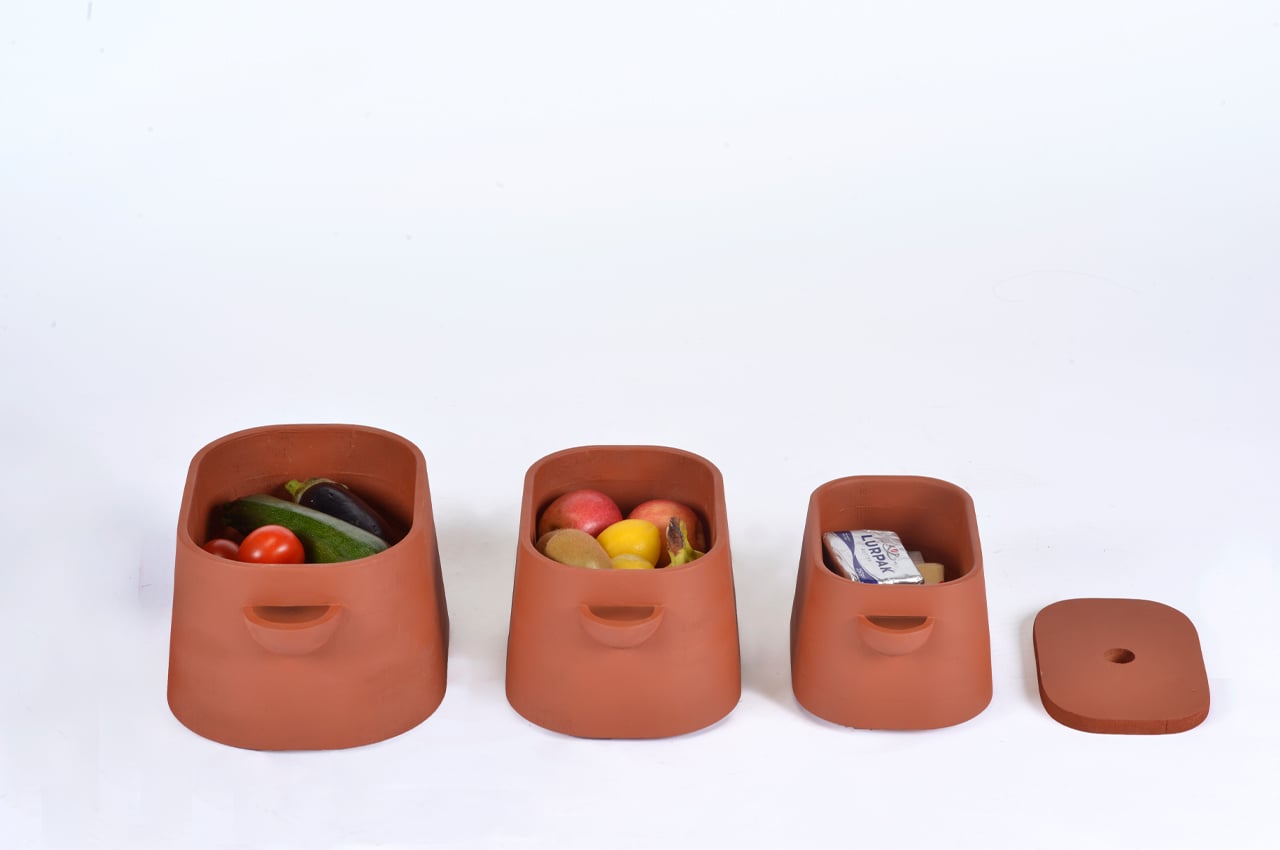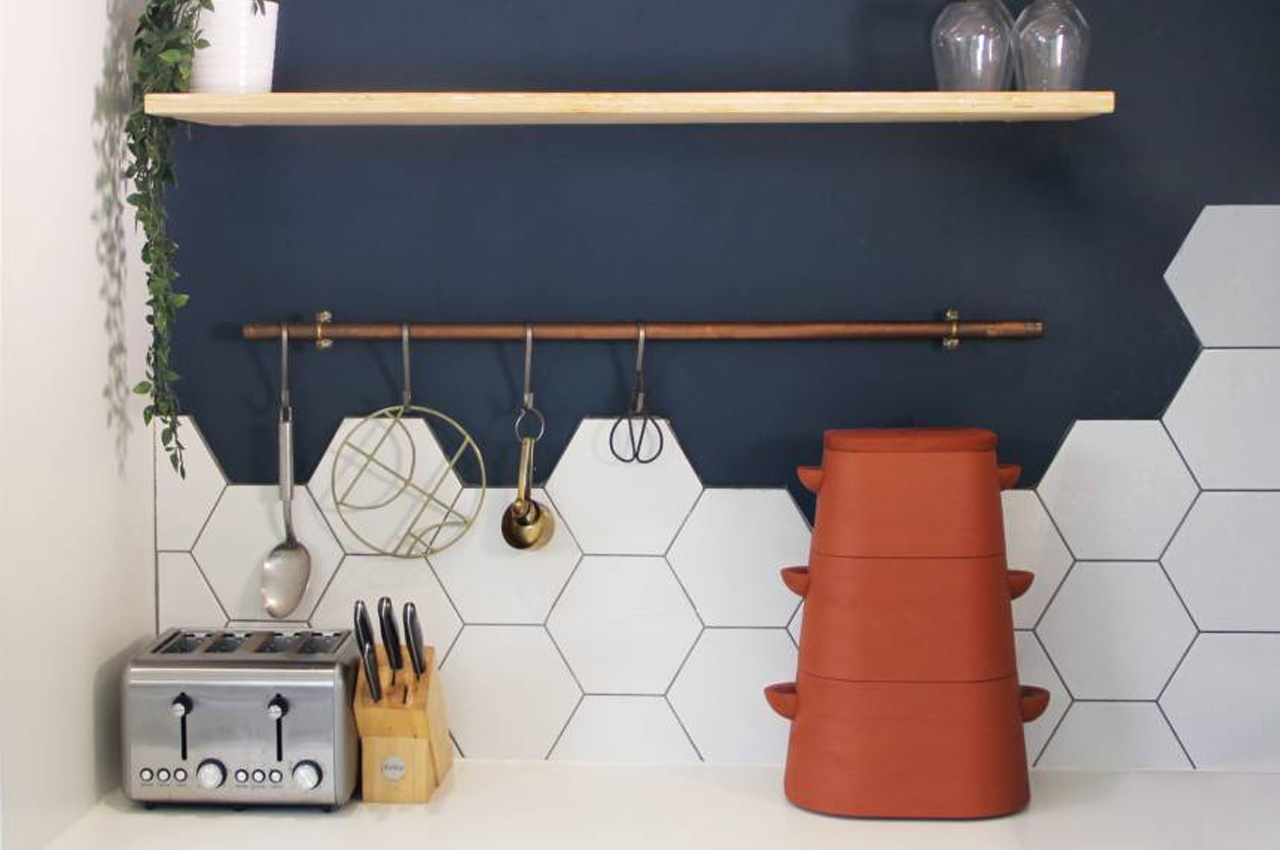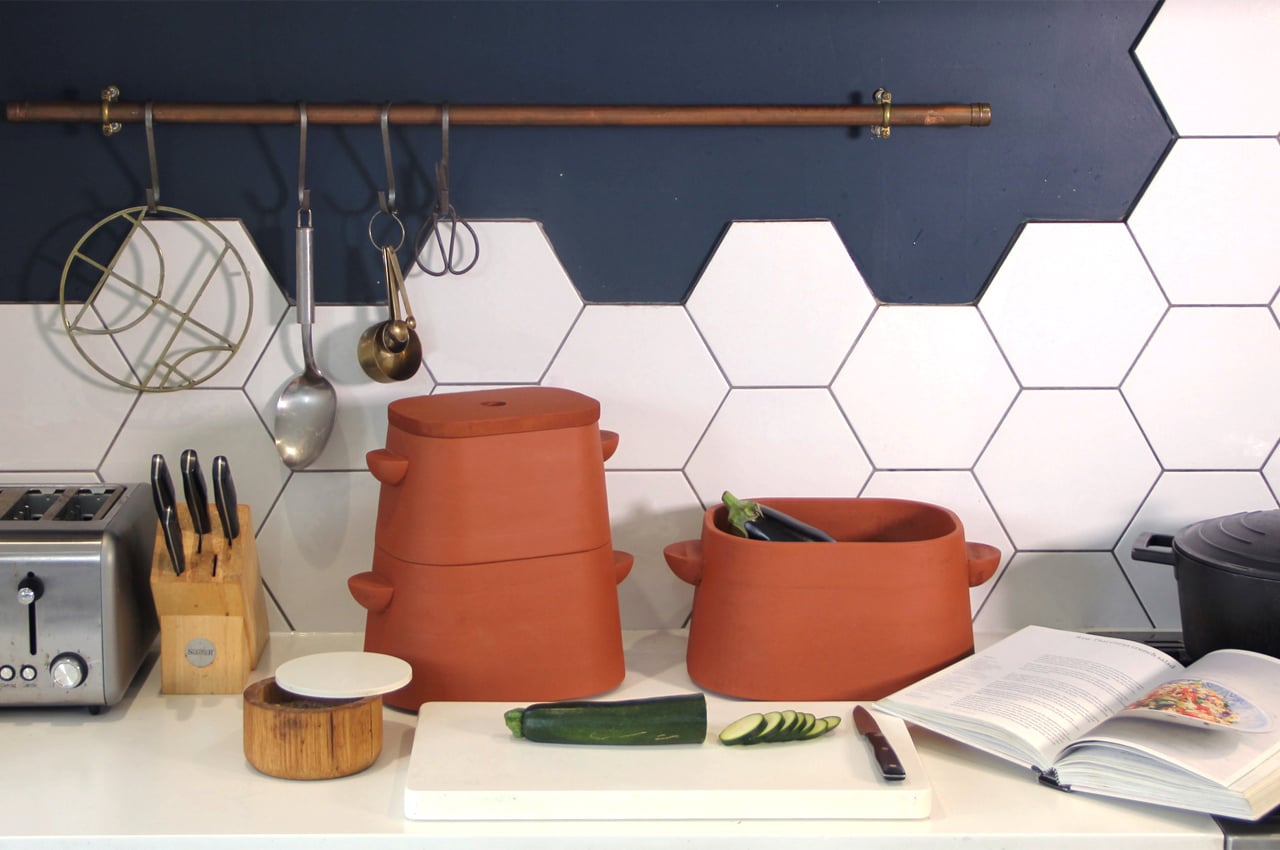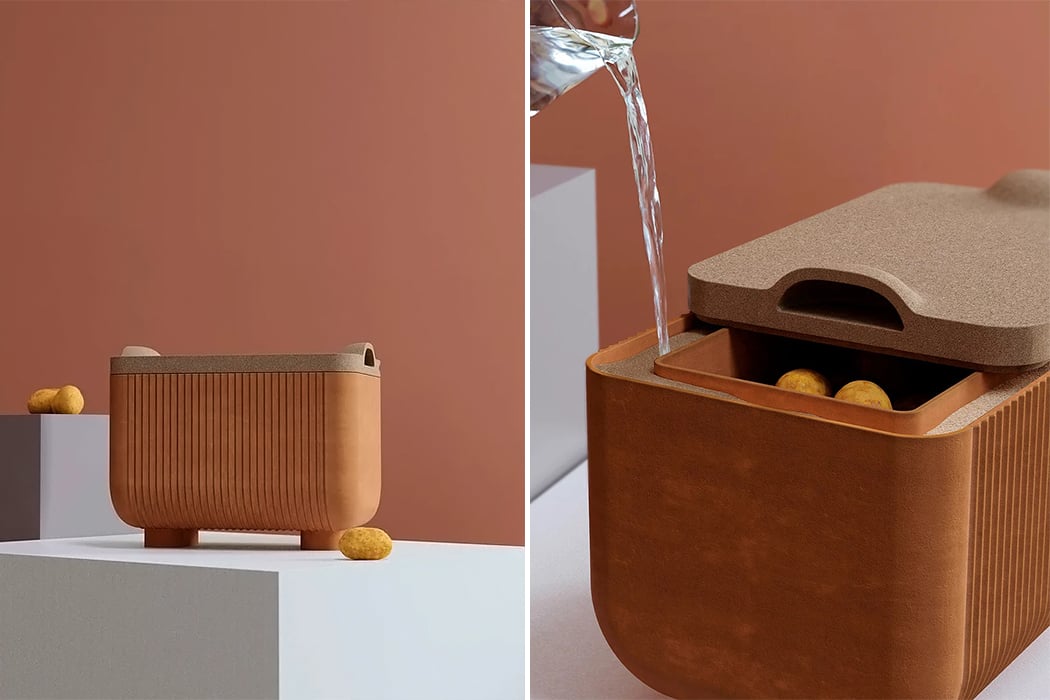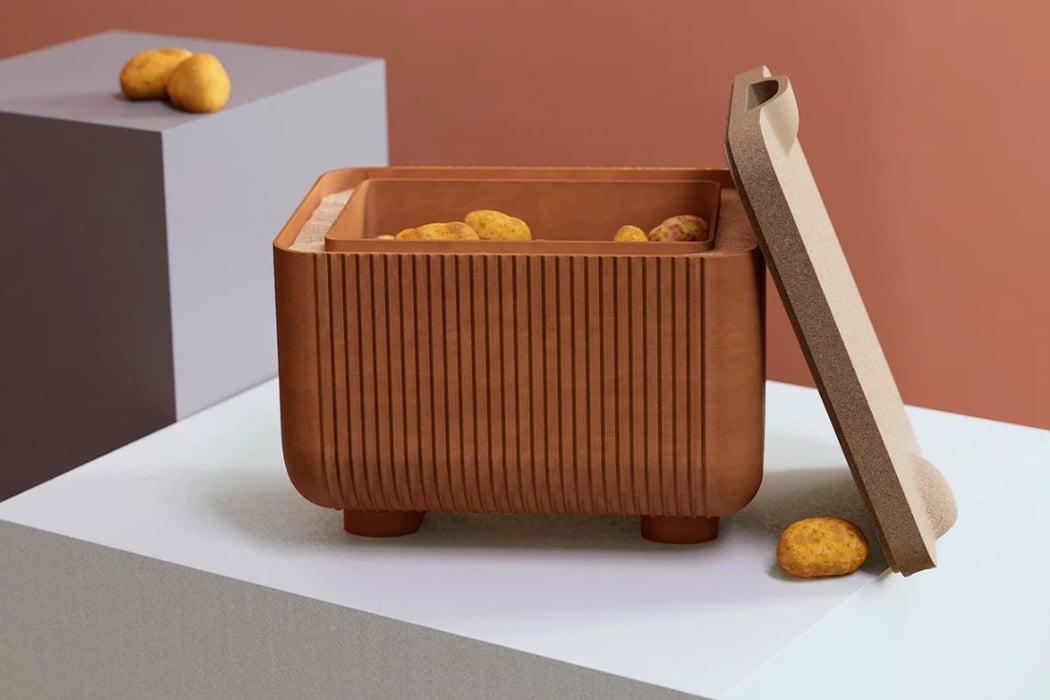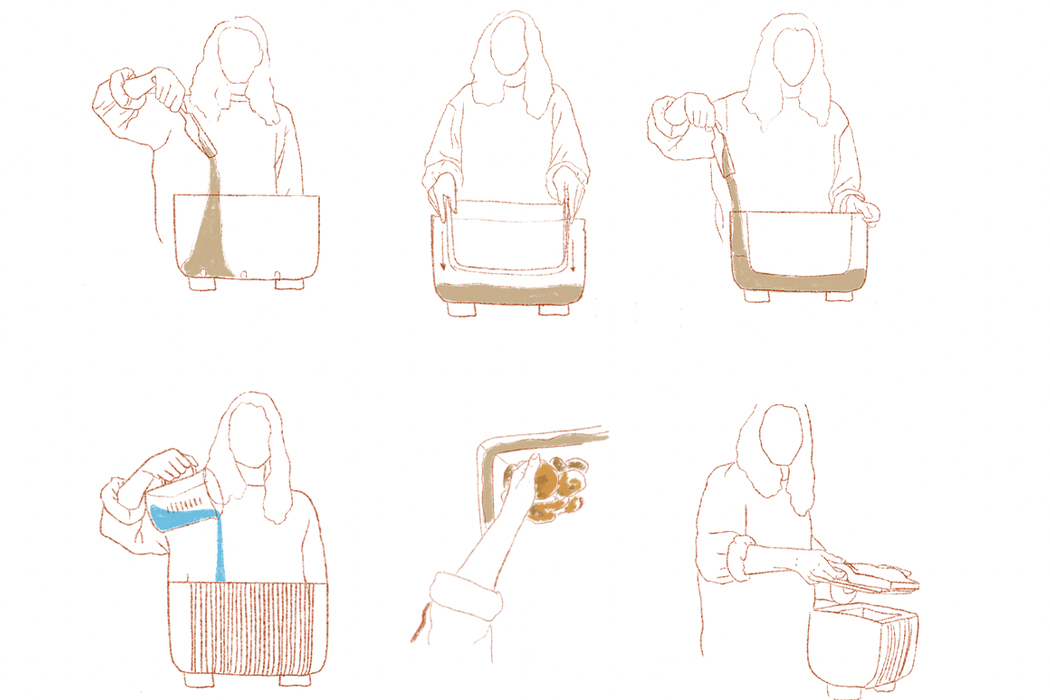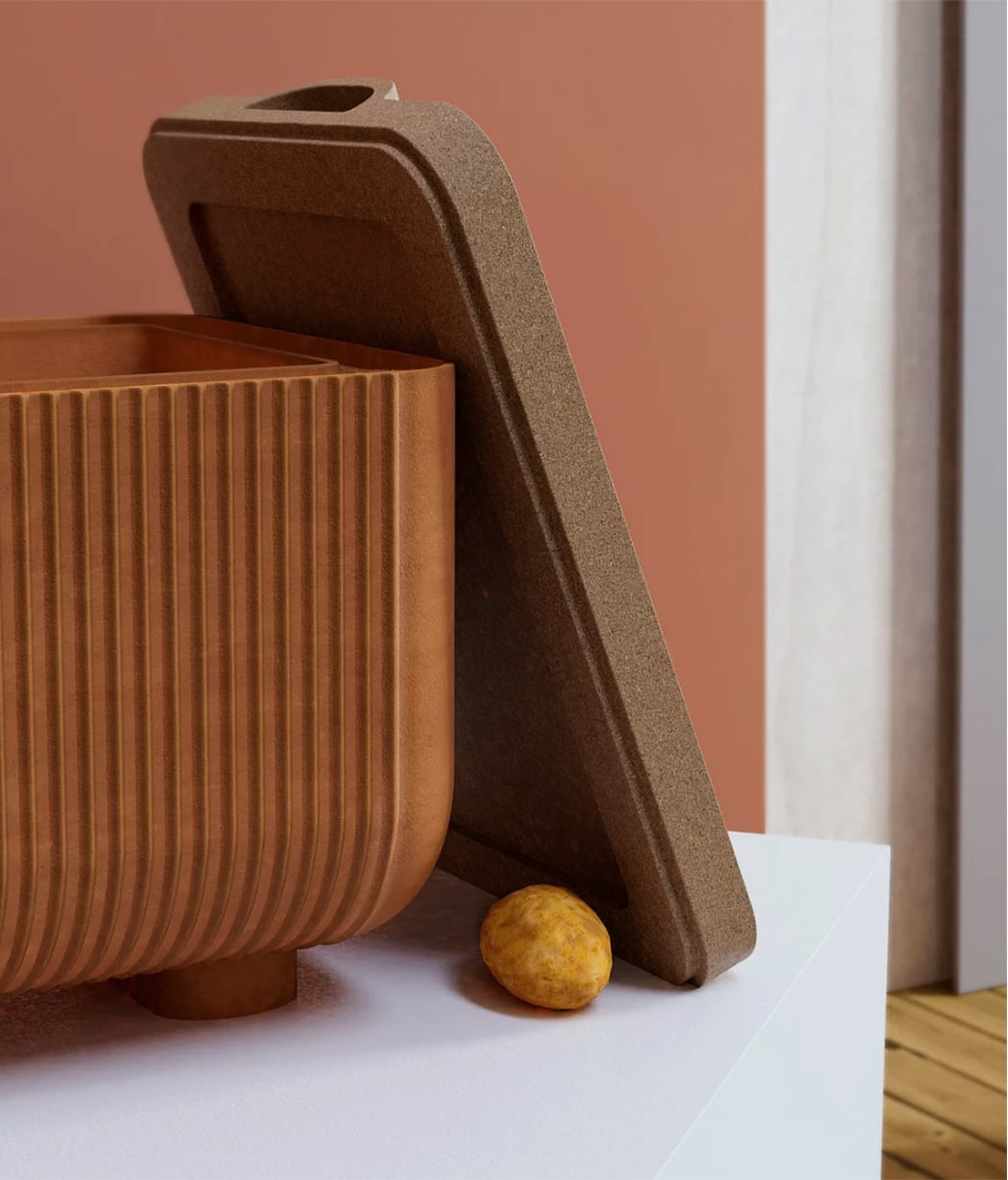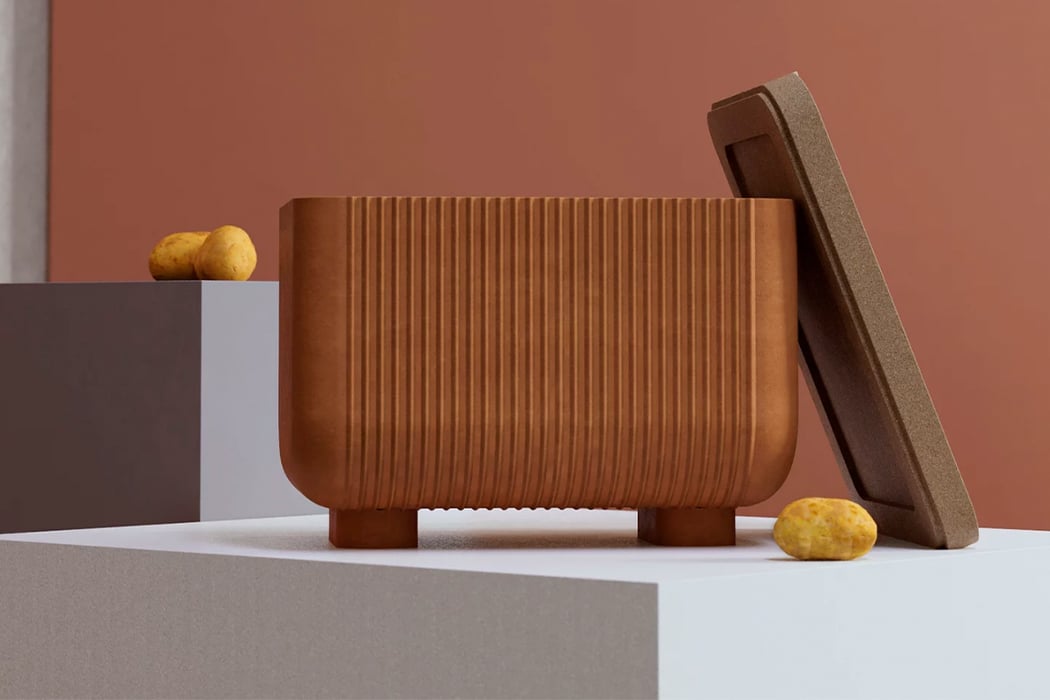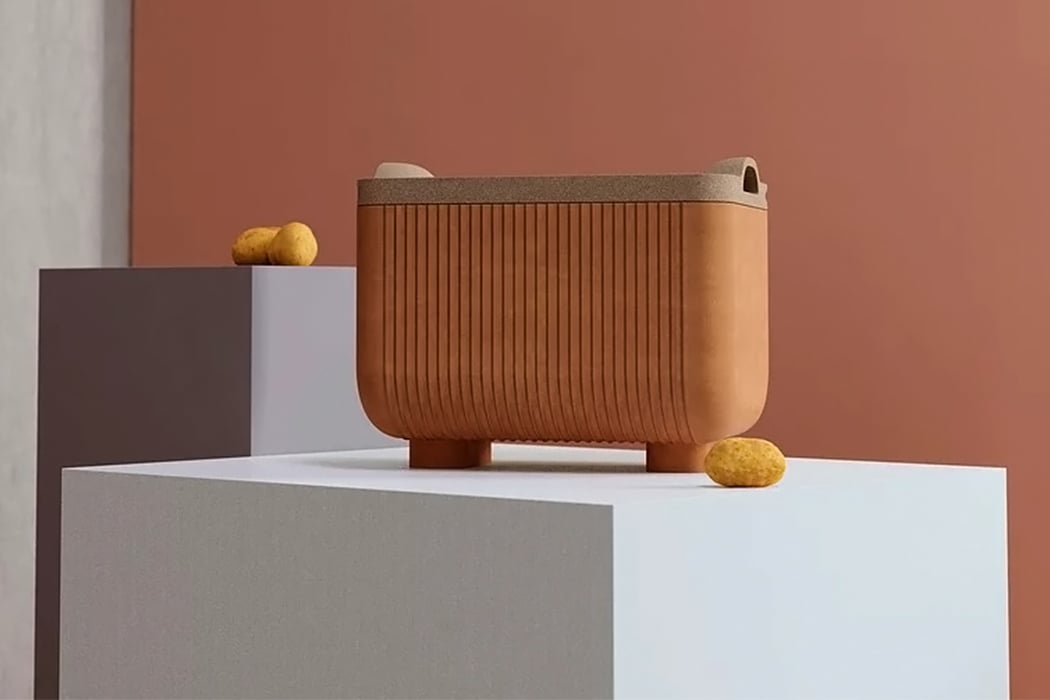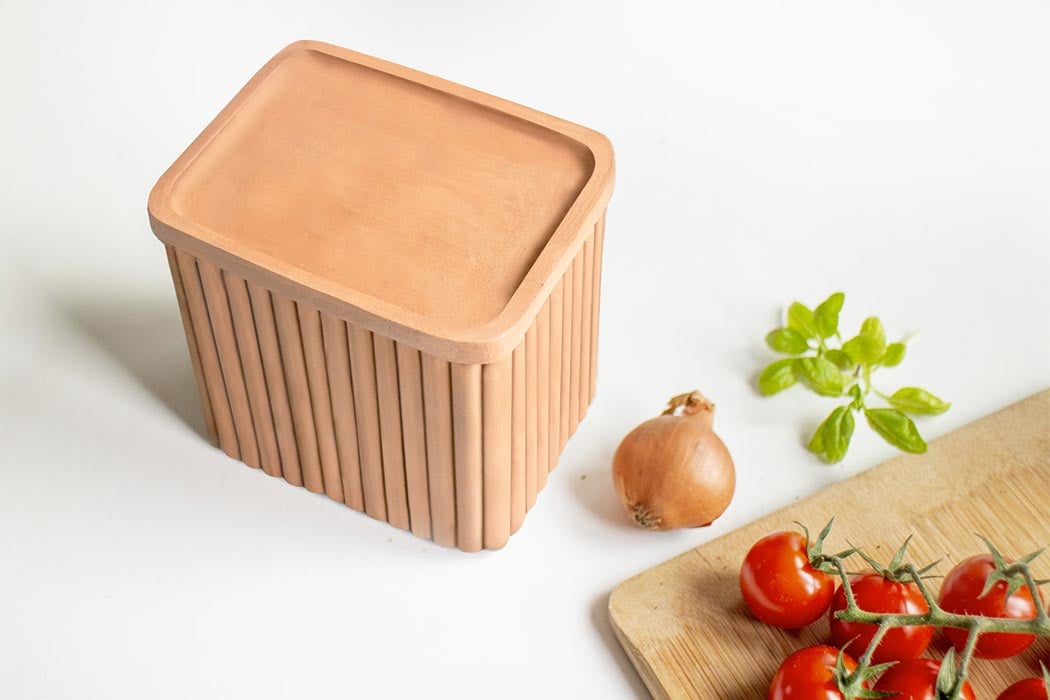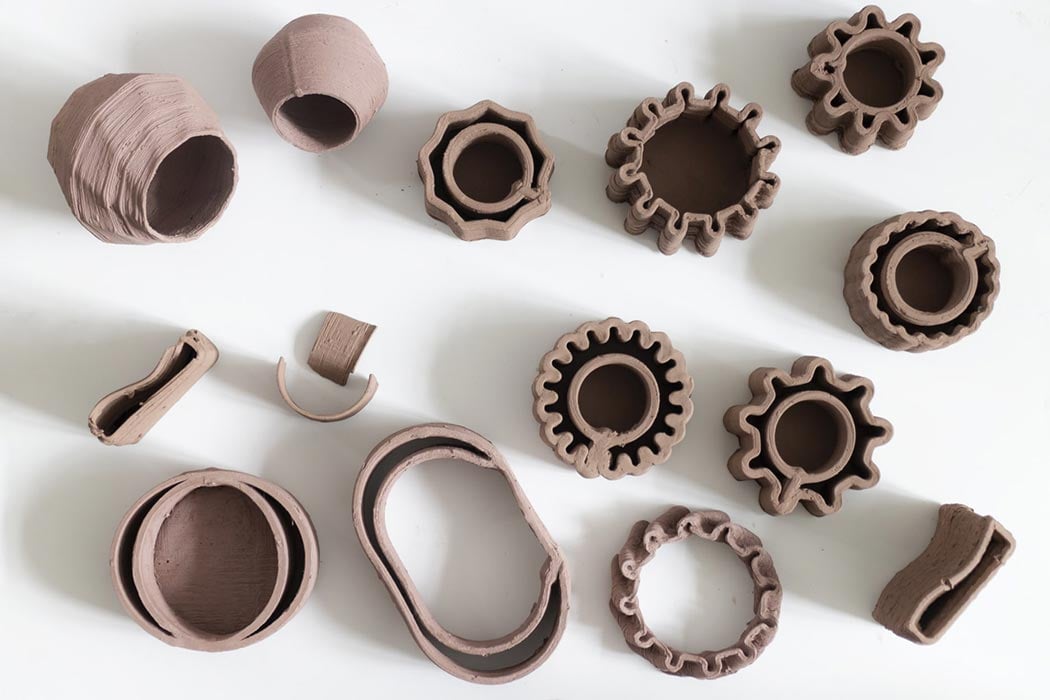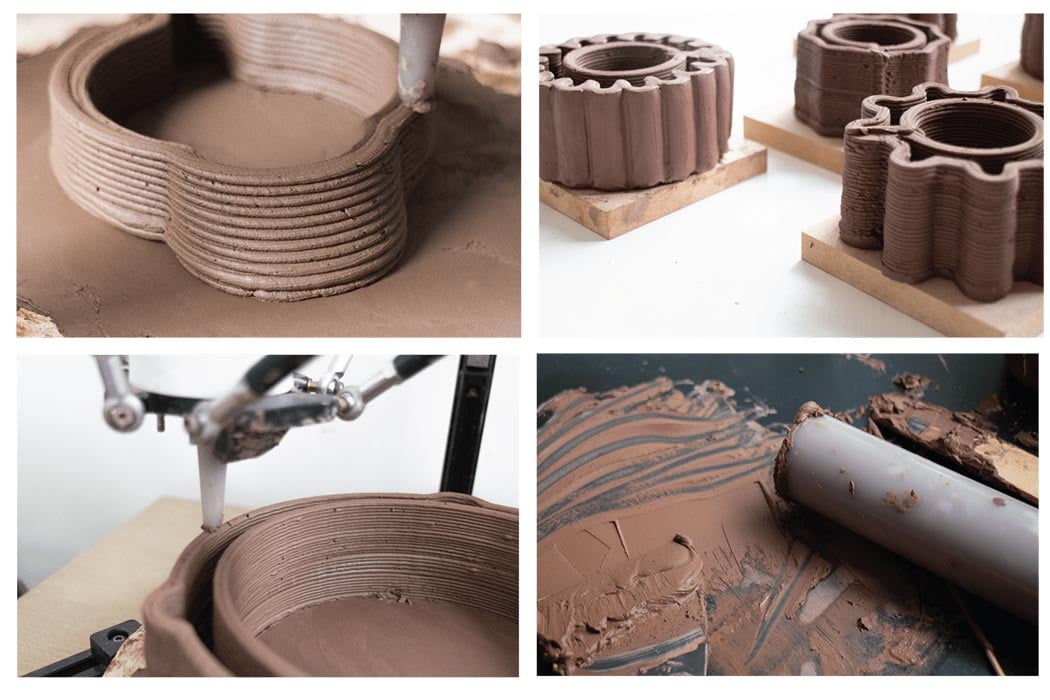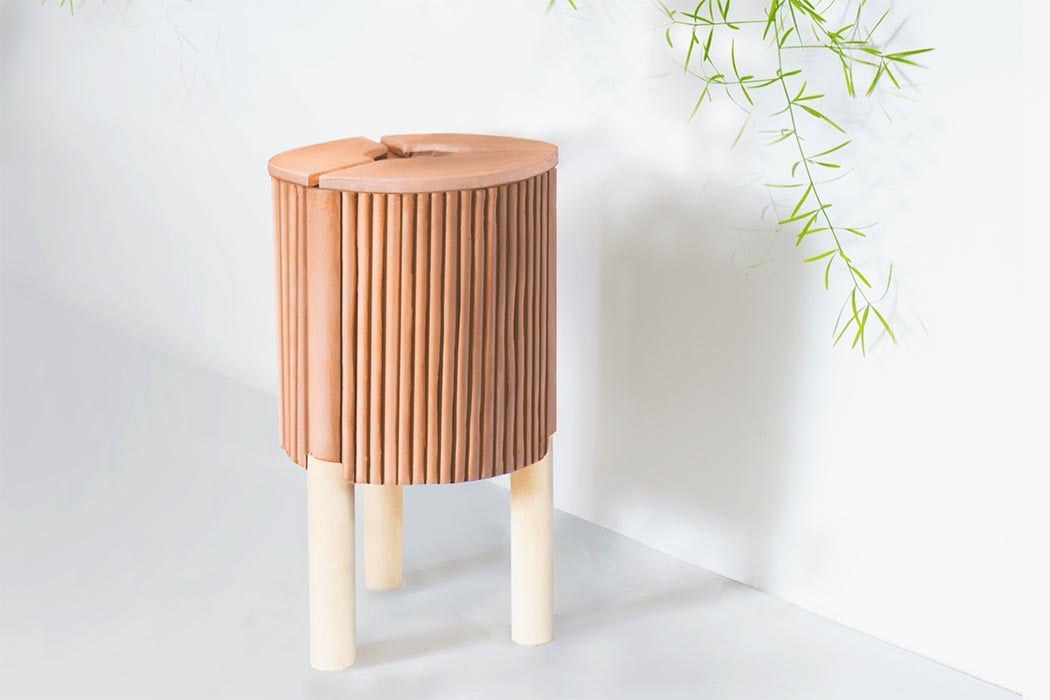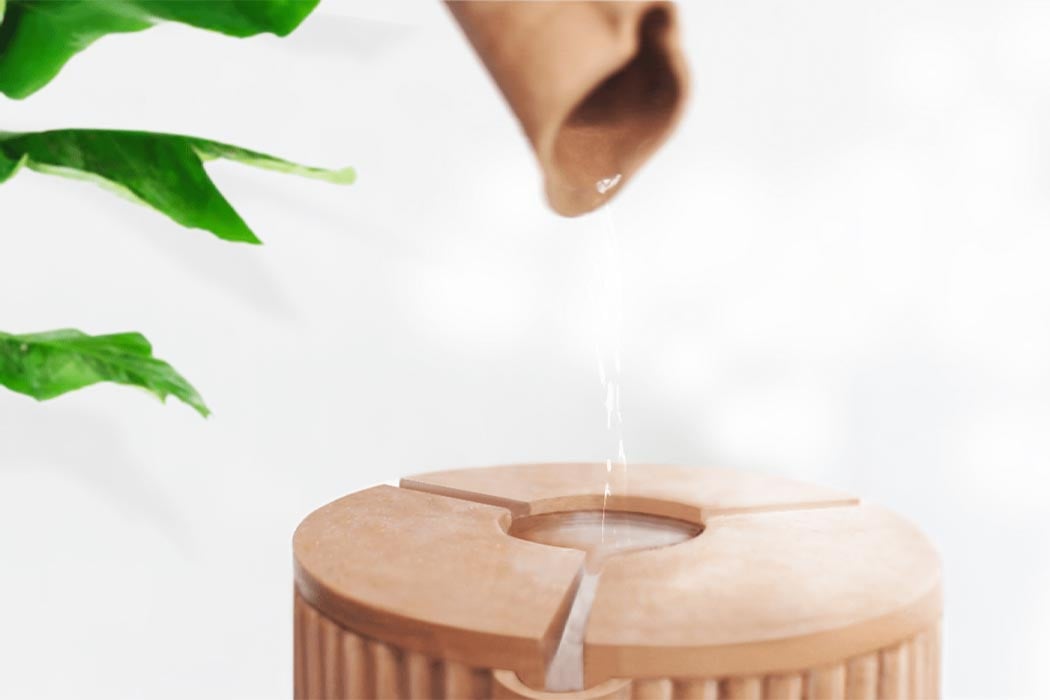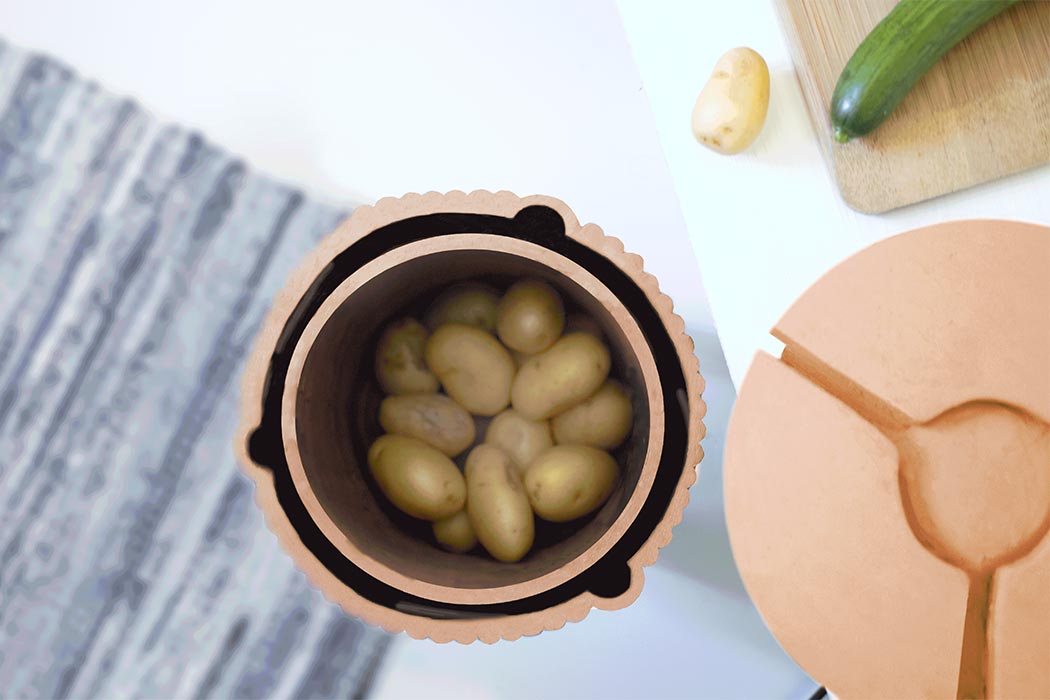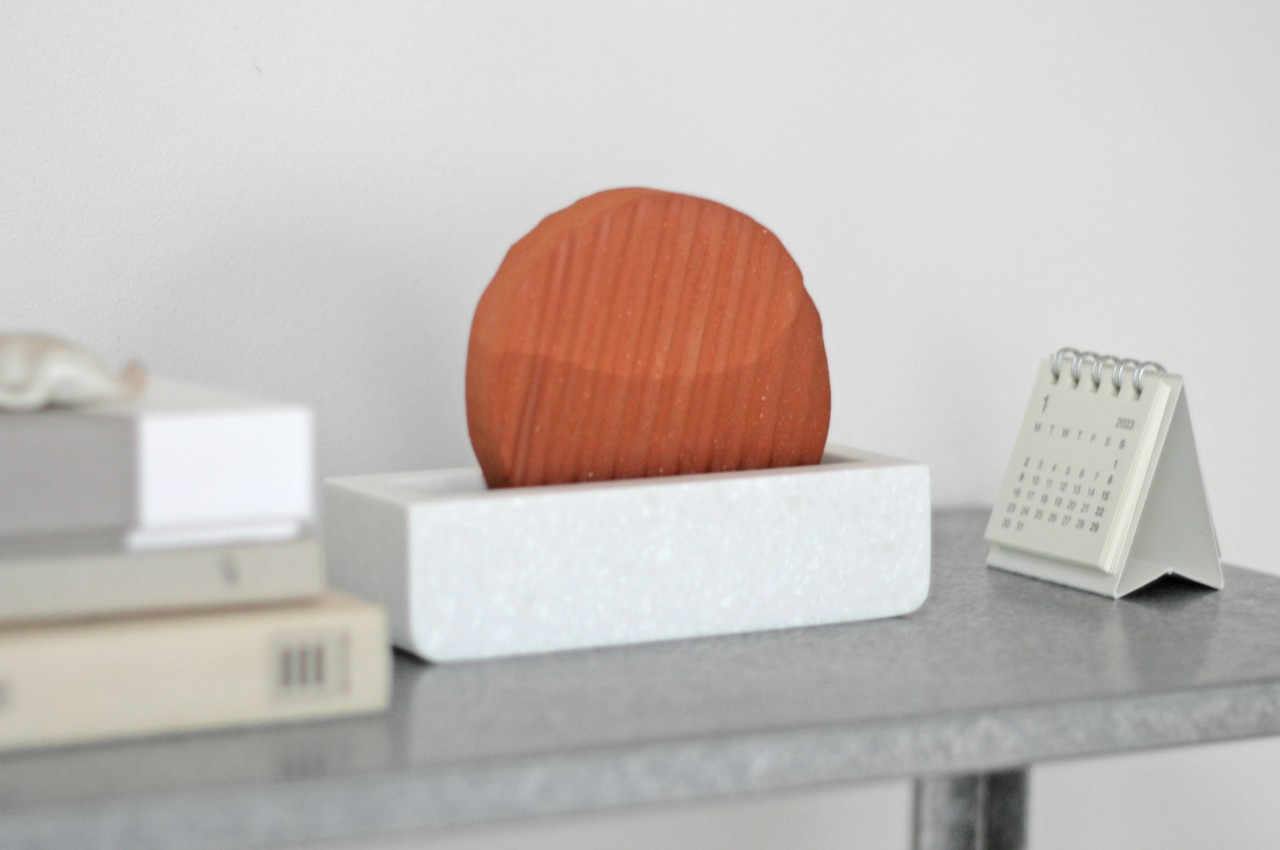
The quality of air that we have around us doesn’t simply depend on the lack of pollutants or harmful substances. The amount of humidity can also be a determining factor in the comfort and health of the people living inside the space. Fortunately, we can also control this aspect of our environment, at least when we need to increase the humidity in a room. There are plenty of humidifiers in the market today, but almost all of them have one thing in common. They rely on electricity to work, which isn’t a sustainable way of living. Fortunately, there are a growing number of such tools that are adopting more natural methods, and this mini humidifier, in particular, accomplishes that while also acting as an eye-catching piece of decoration for your home.
Designer: Barbora Adamonyte-Kei
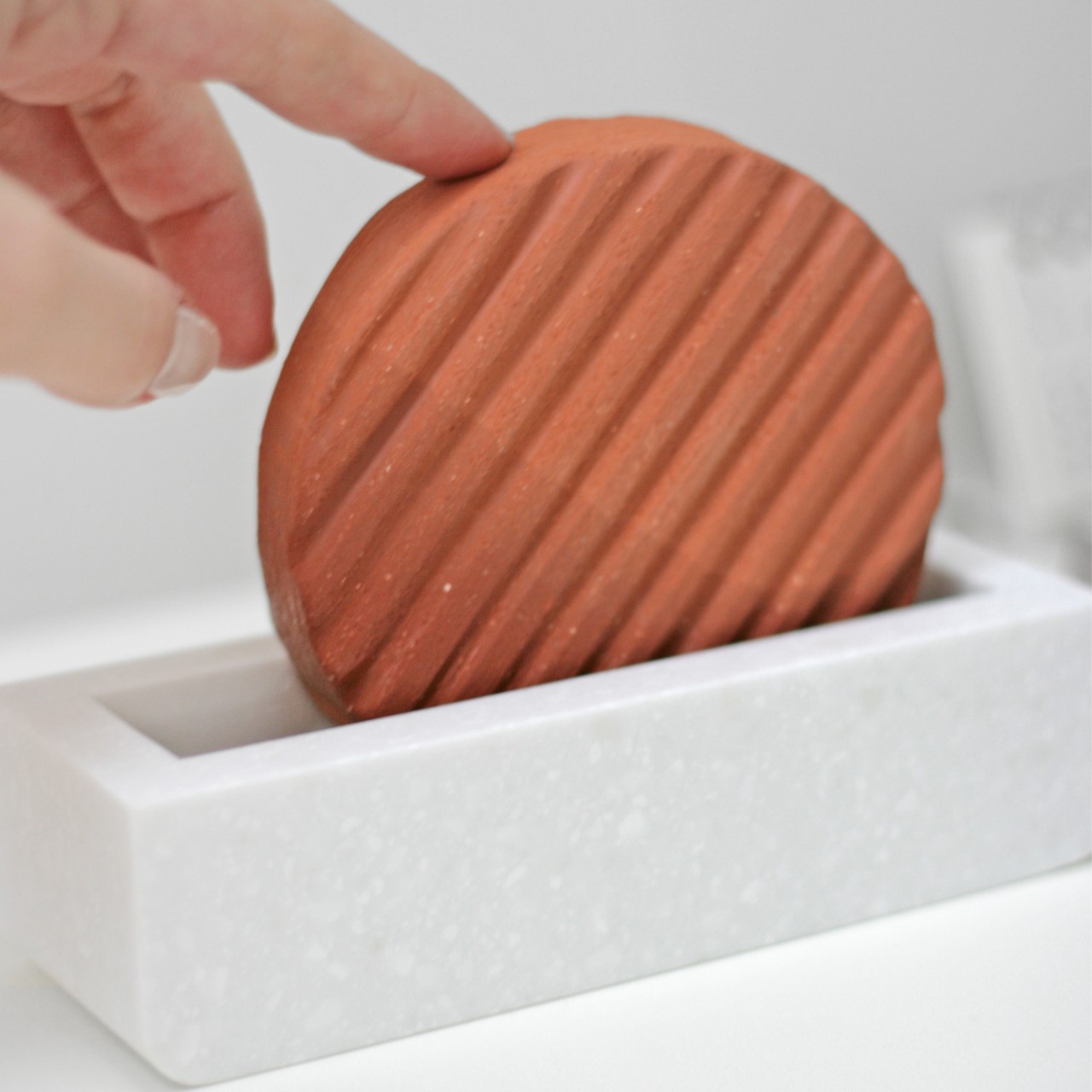
Low humidity has been a problem since the beginning of human civilization, and our ancient ancestors had ways of dealing with that, even when there was no electricity or machines to do it for them. The most common method that is becoming popular again is saturating clay structures with water in order to give the evaporation process a helpful nudge. Of course, not everyone might want to put large clay pots or barrels in the middle of their house, but sometimes just a little can already get the job done.
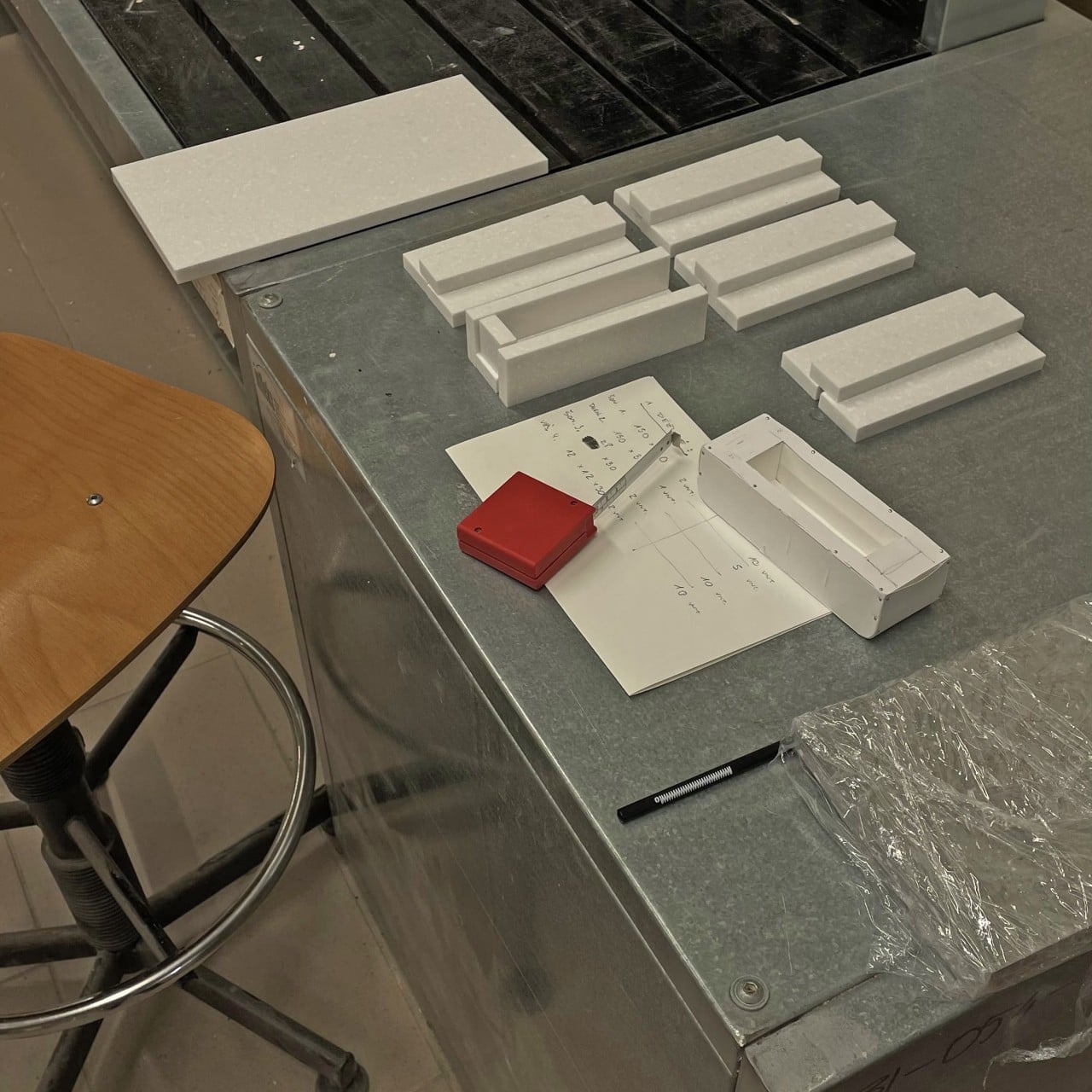
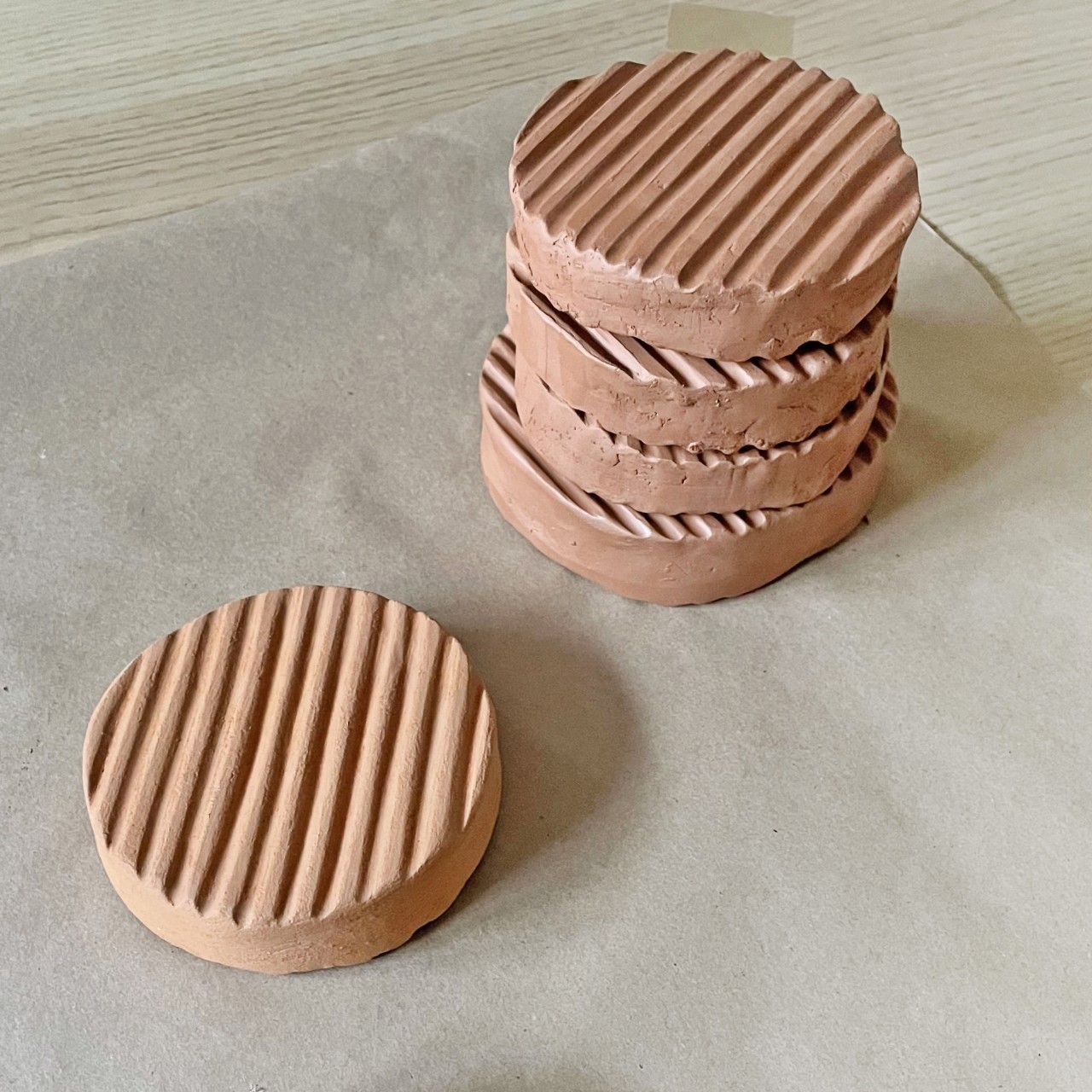
KUMO is a beautiful humidifier that works using that same principle but in an almost bite-sized chunk that actually serves three purposes in a single design. It is composed of two parts, both made from natural, sustainable materials. One is a miniature stone bath with a narrow basin where you put the stoneware disc in. That unglazed stoneware disc is the “clay” part of the humidifier, and it’s shaped like a wavy cucumber slice that makes the whole composition look like you’re dipping a healthy cucumber snack.
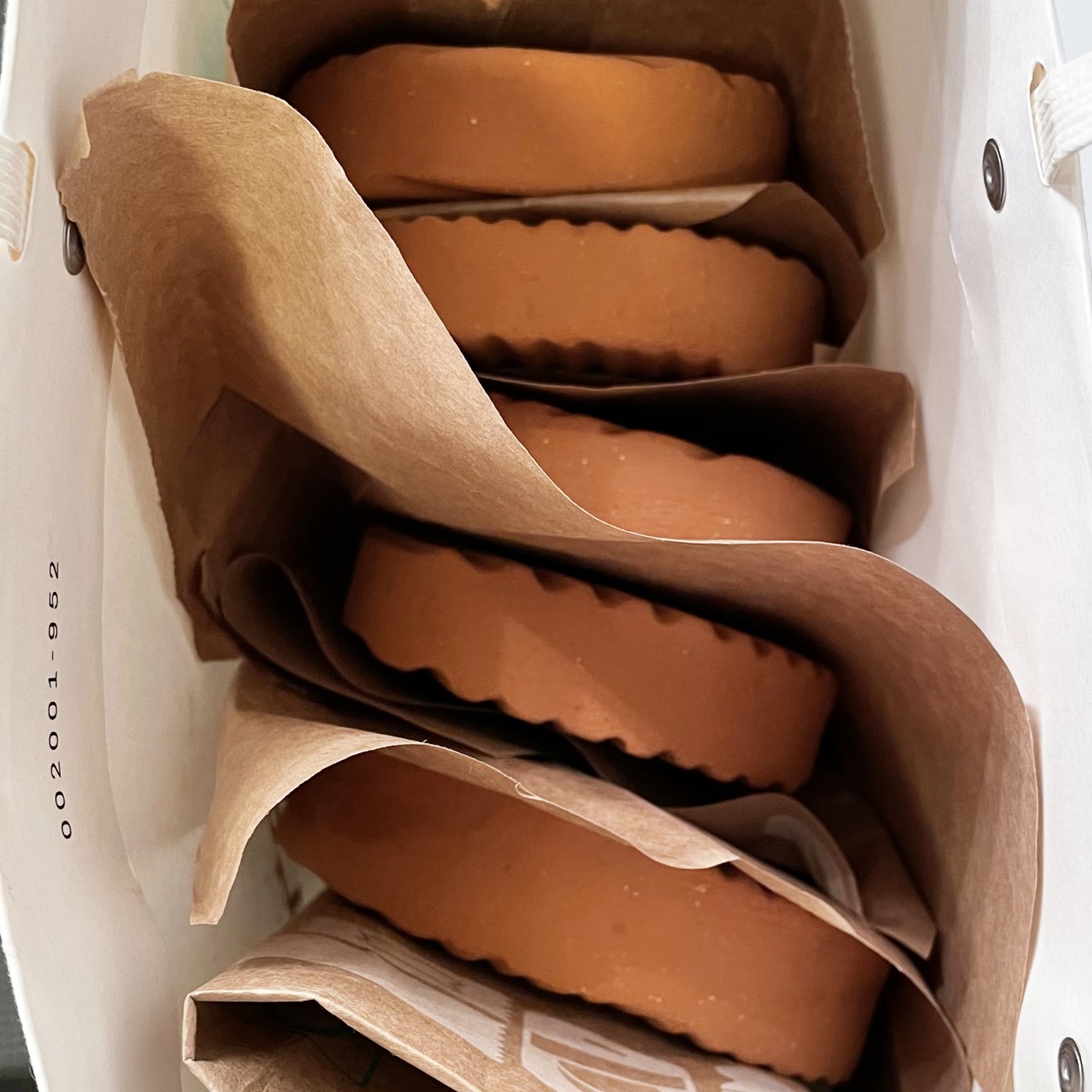
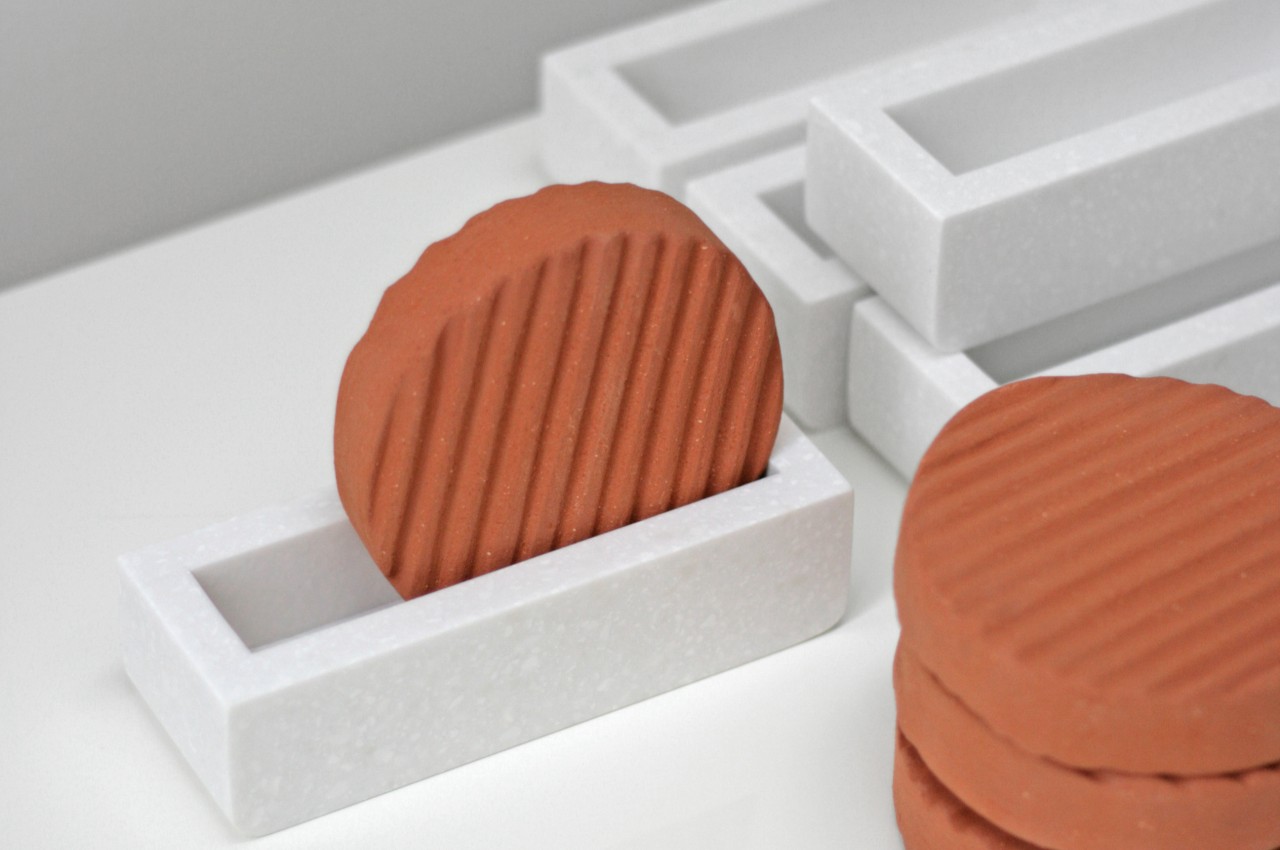
All you really need to do is to add some water to the bath and then put the disc in, which will stand still thanks to its close fit. It will absorb the water, which then evaporates more easily into the surrounding air to increase the humidity. Refill the water once it’s all used up, and that’s pretty much all there is to it. You can also opt to add a few drops of essential oil to increase the fragrance in the room, making the humidifier also act as a natural diffuser.
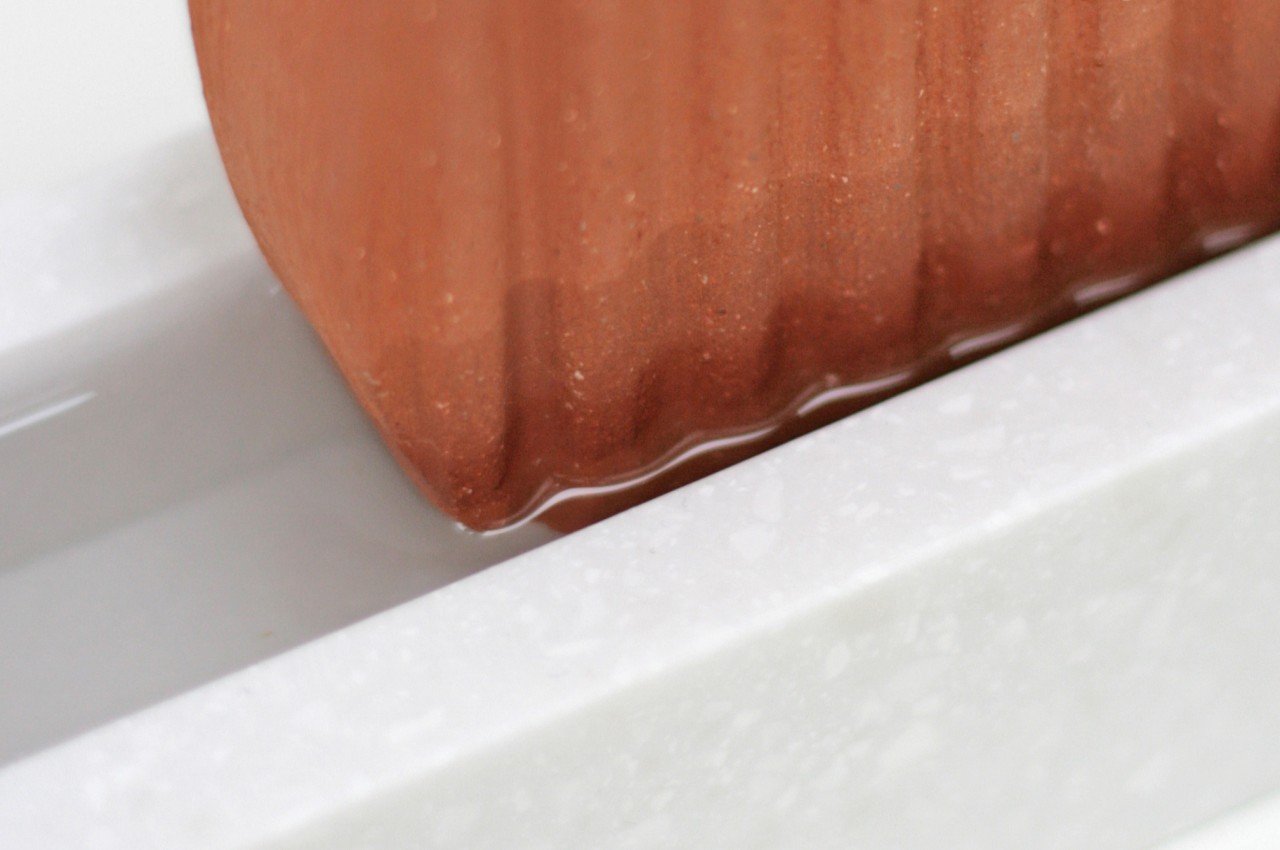
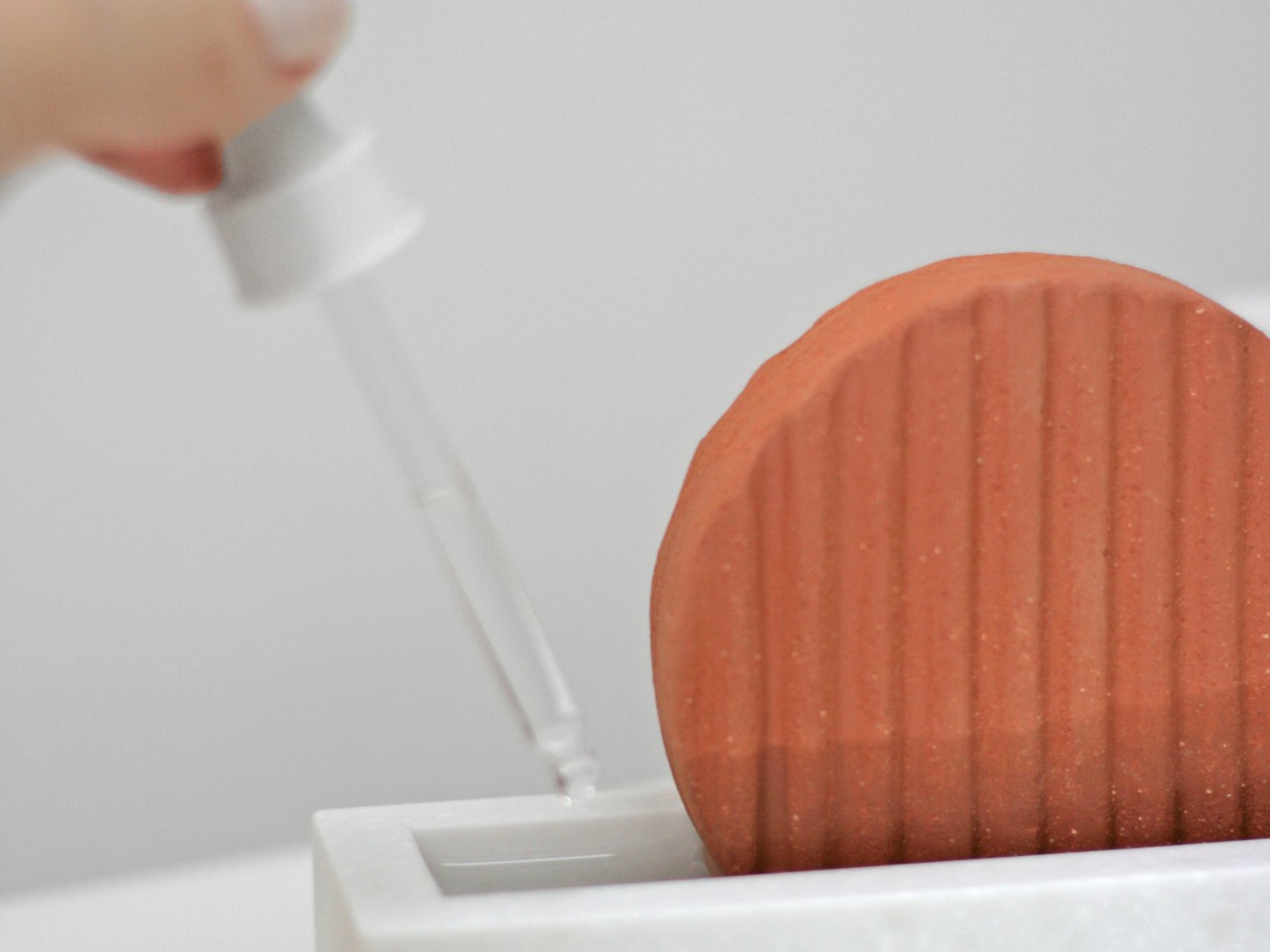
And, of course, it also looks great while doing its job. The pleasant combination of shapes and the contrast of colors make it an interesting visual piece, whether it’s on your desk or on a shelf. It’s definitely something you’d want to show off, unlike run-of-the-mill electric humidifiers that are just plastic containers puffing out vapor. Sustainable, multifunctional, and beautiful, KUMO puts a unique twist on the concept of a humidifier, showing that the ancients might have had the right idea all along.
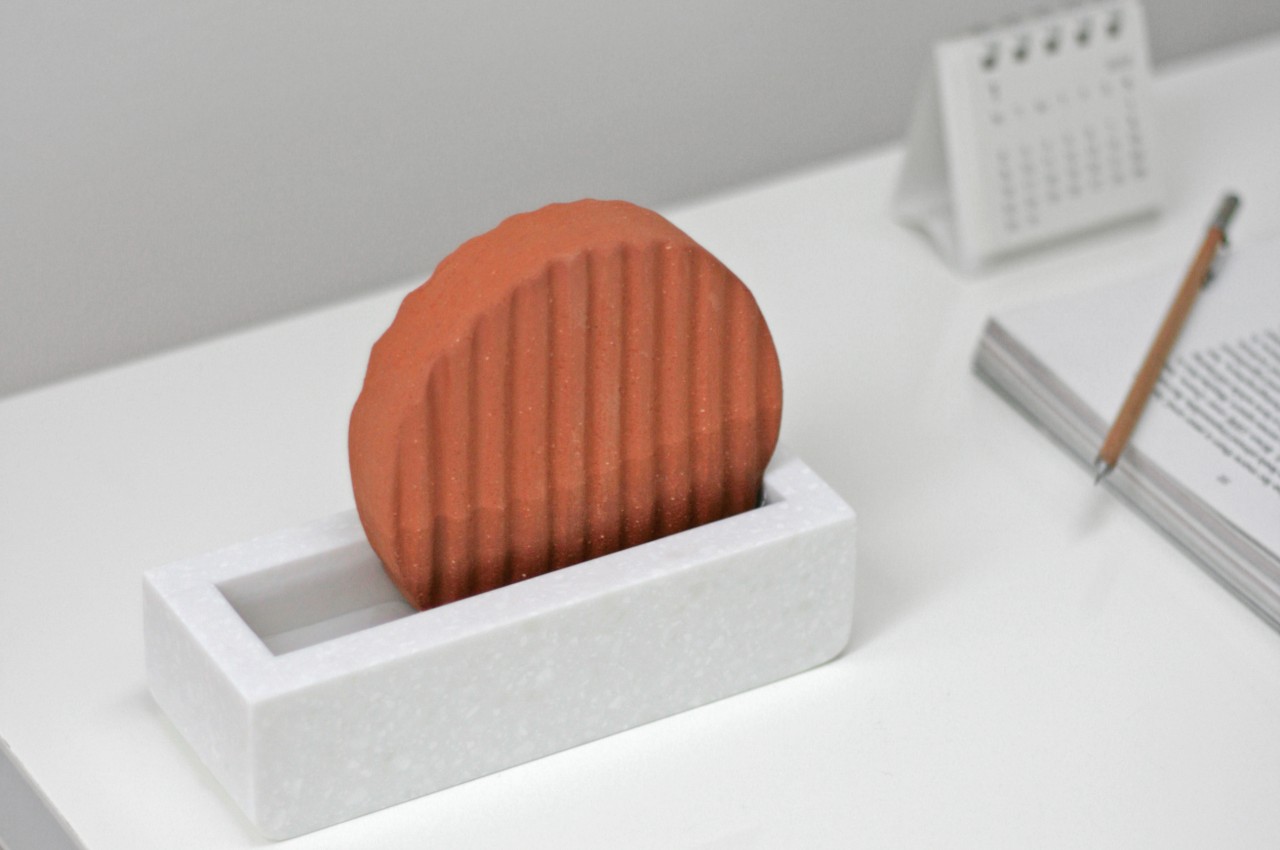
The post Non-electric humidifier also serves as charming desk or shelf decoration first appeared on Yanko Design.
